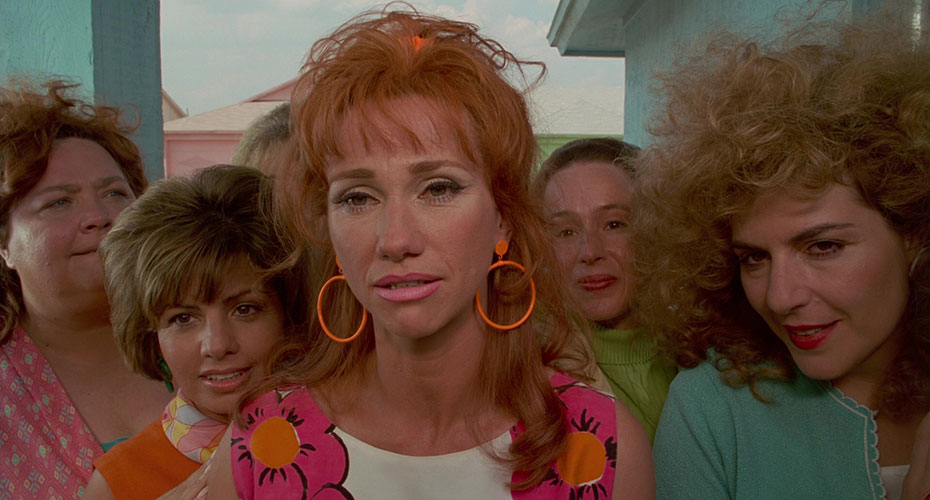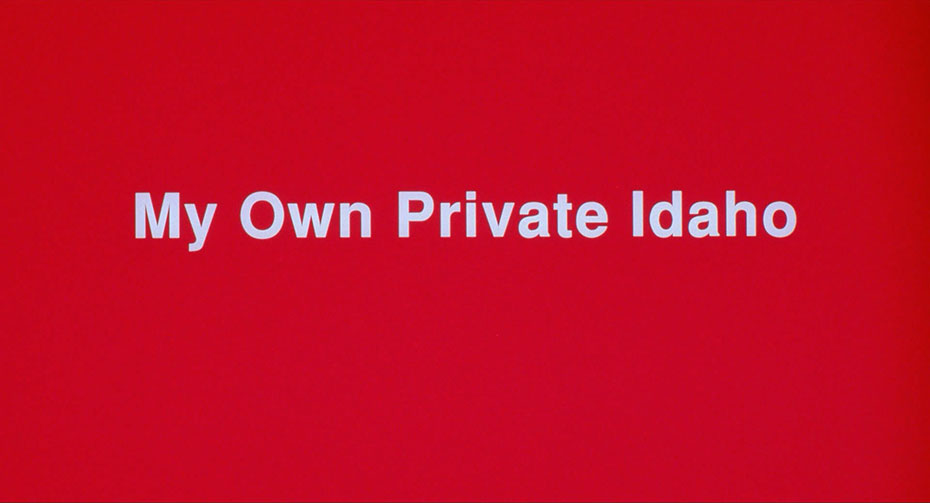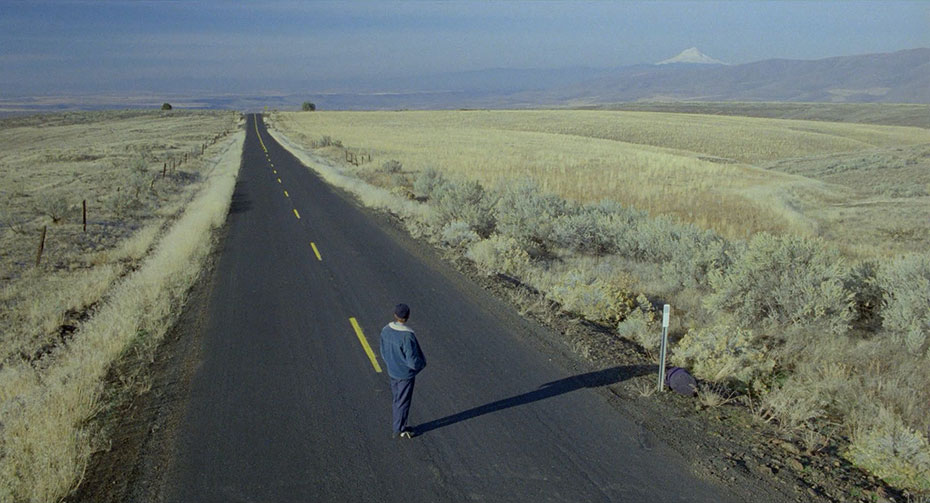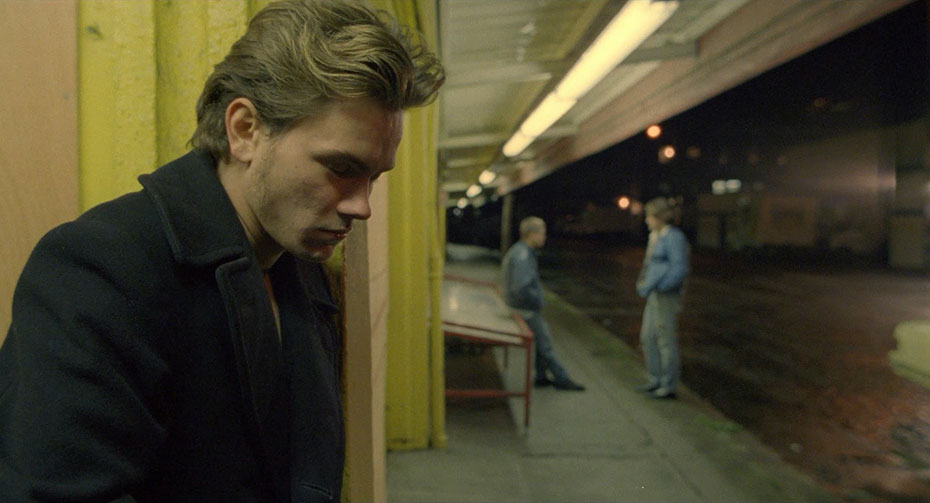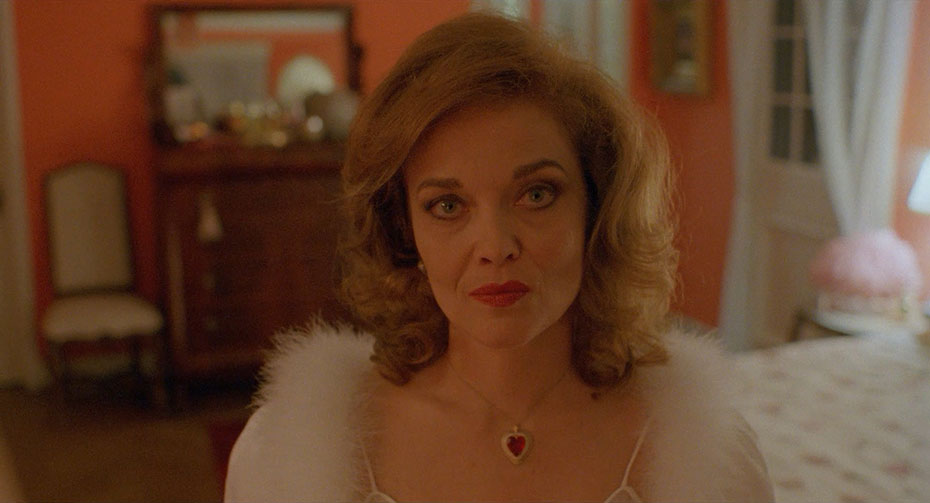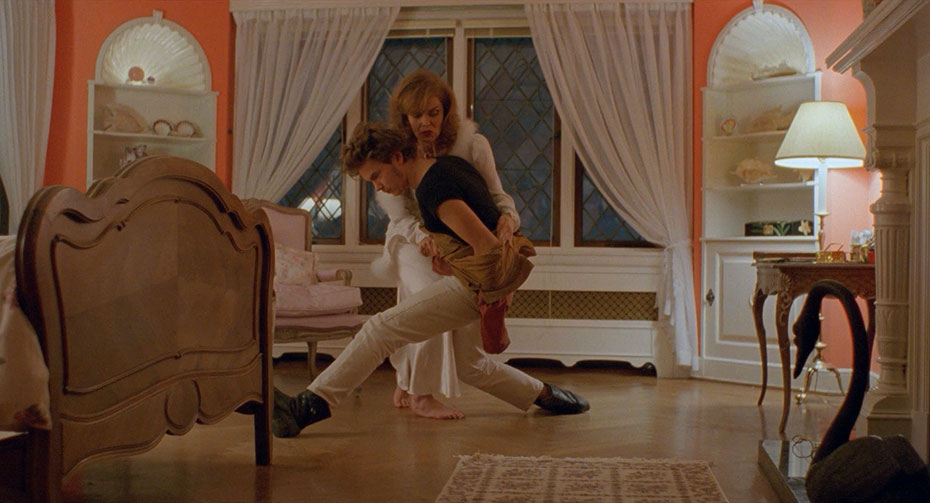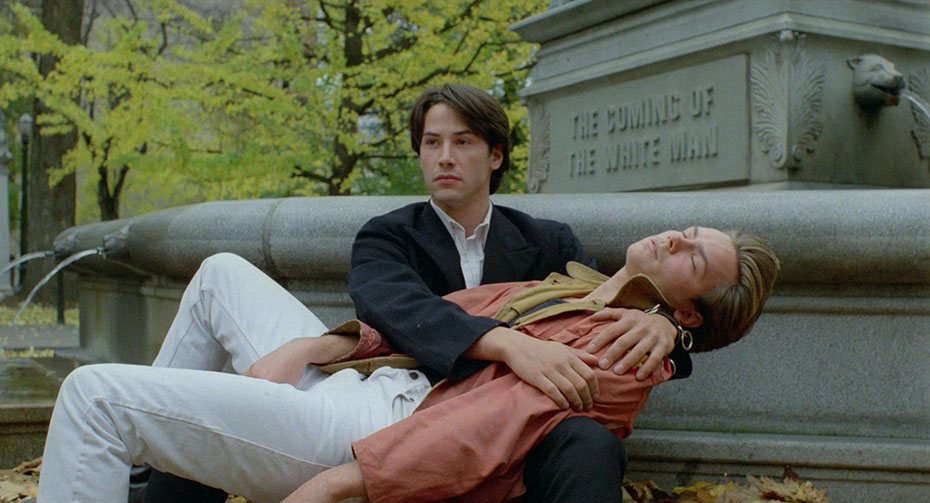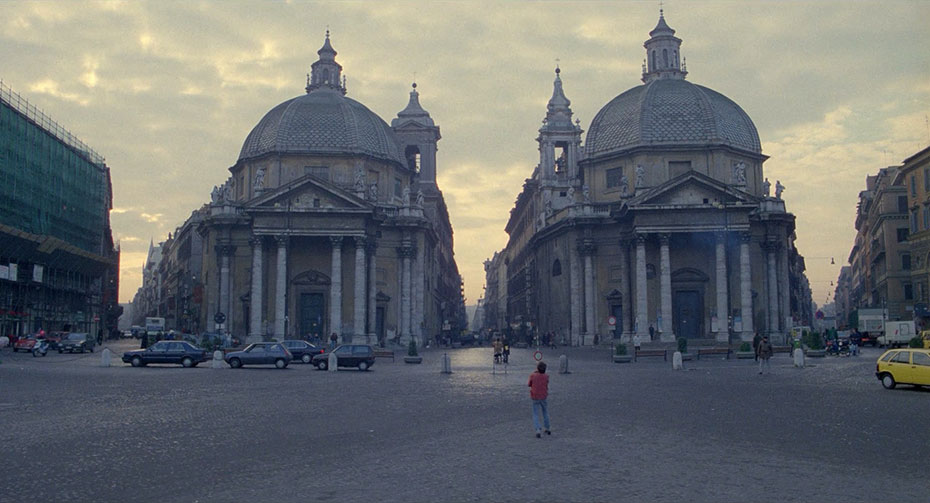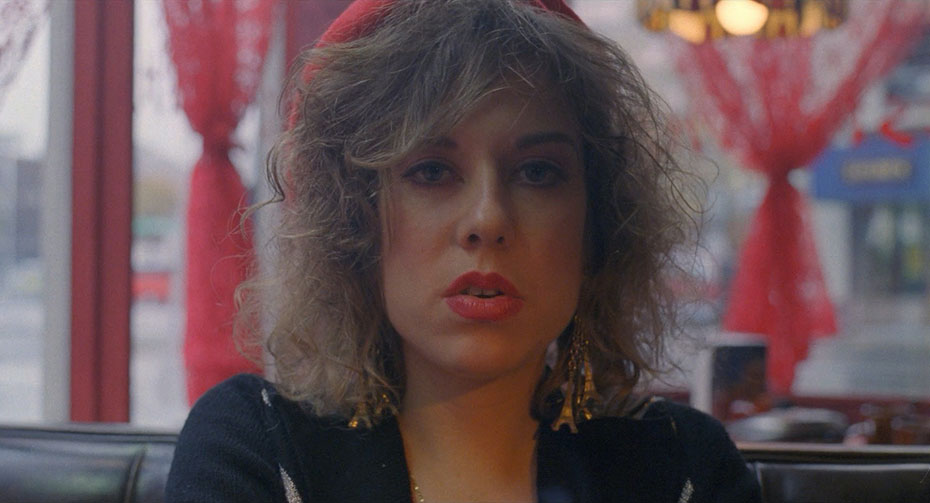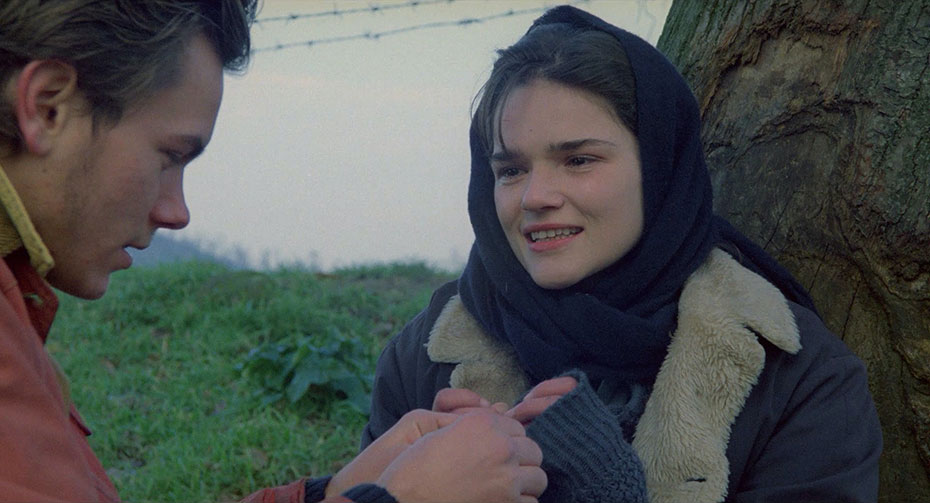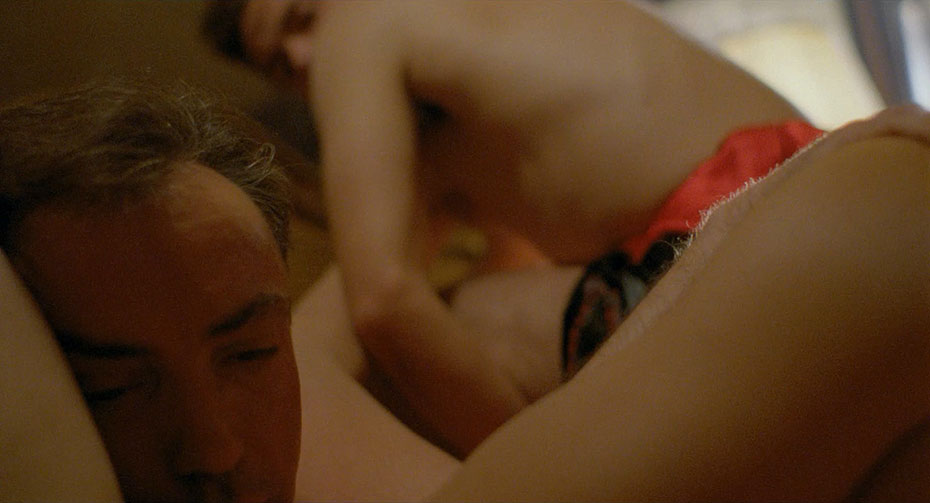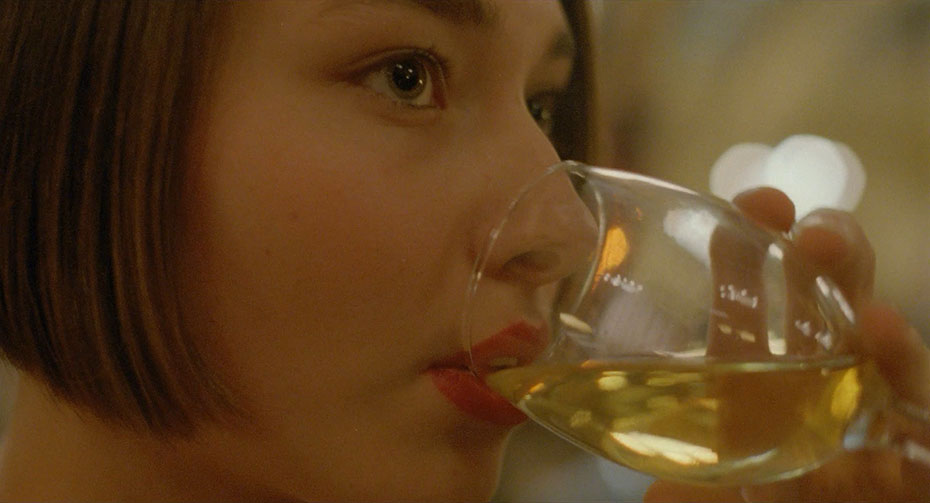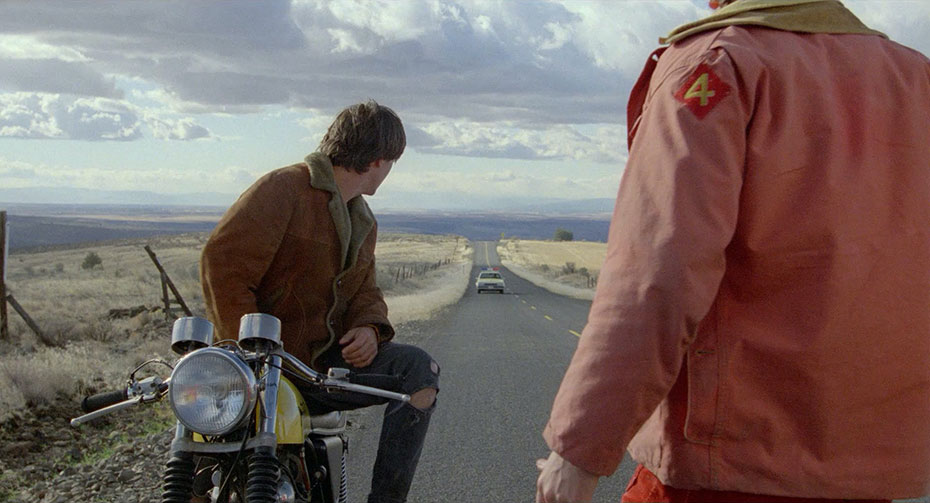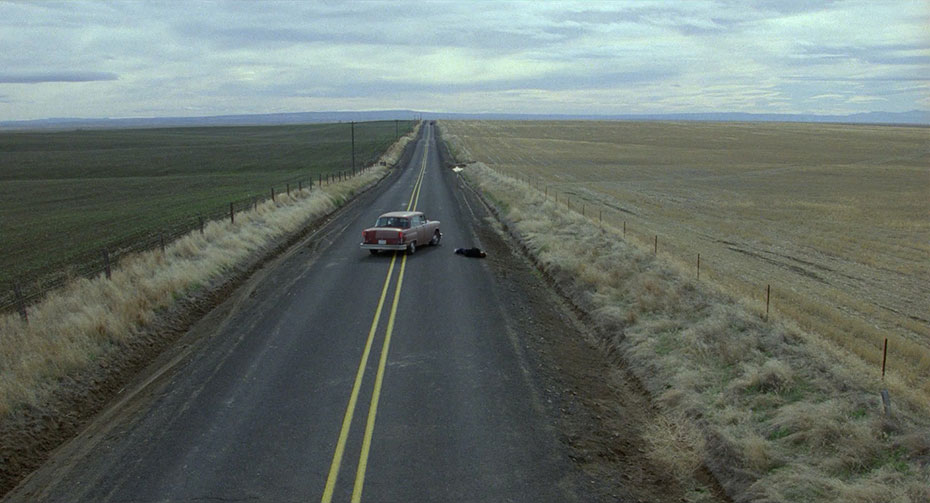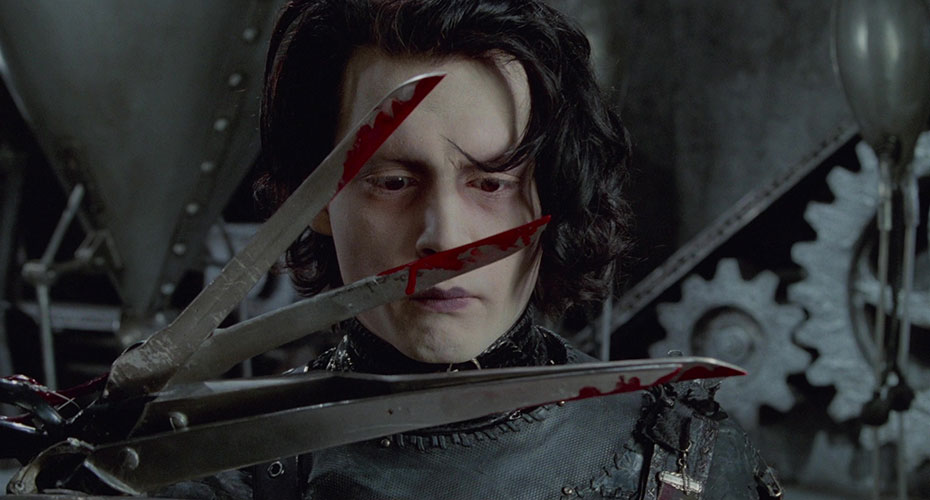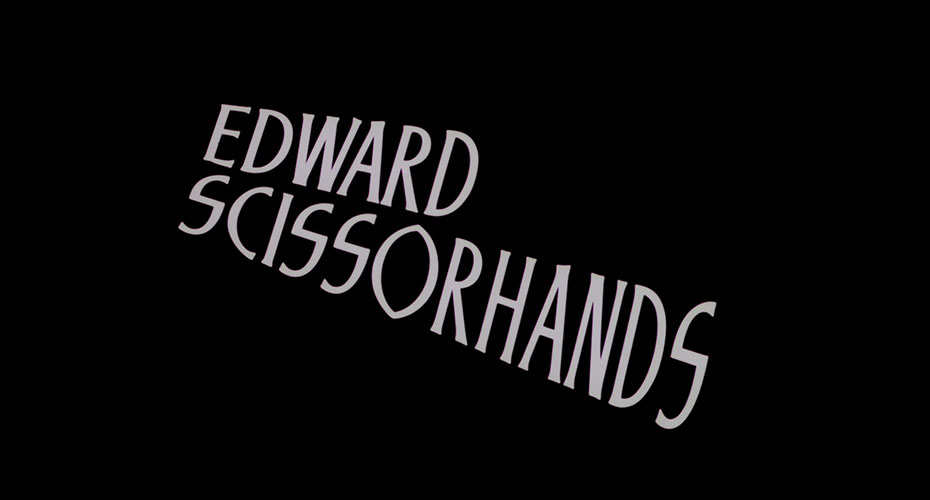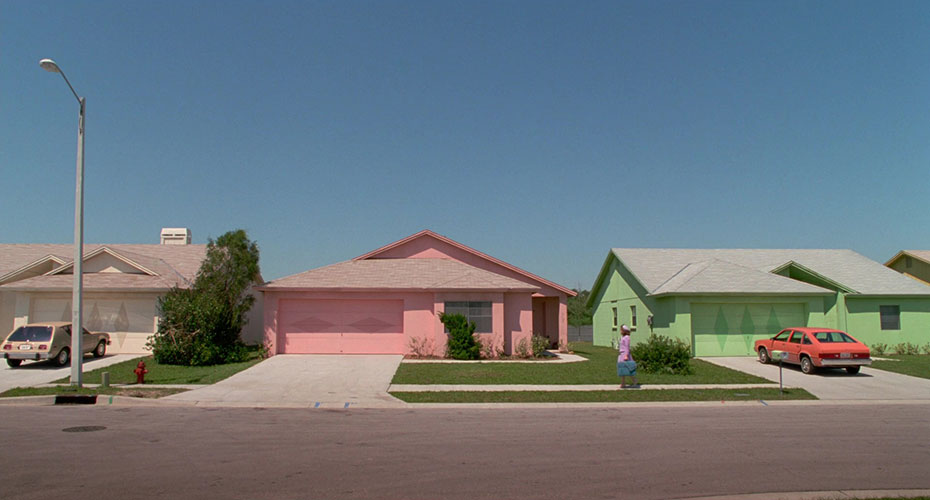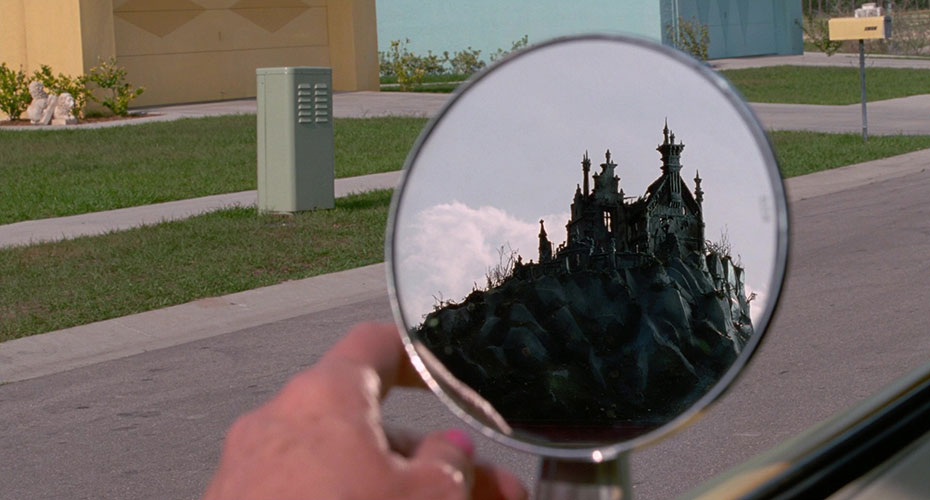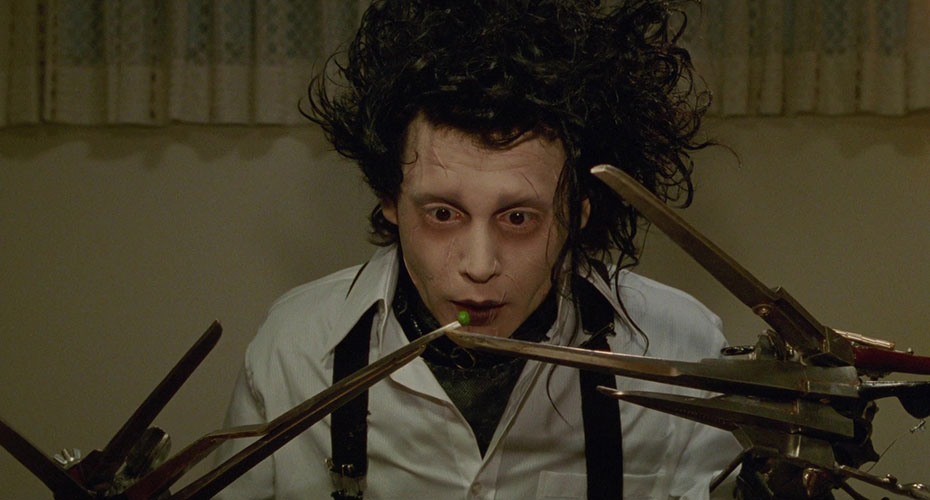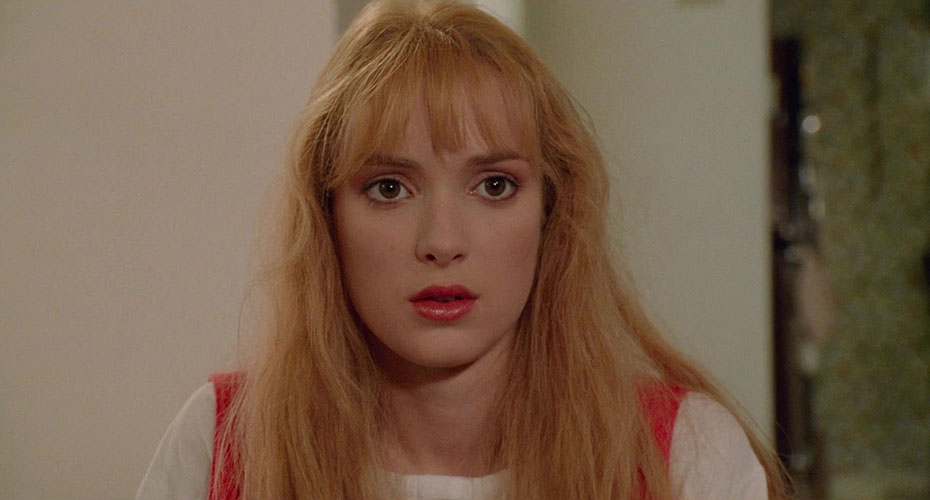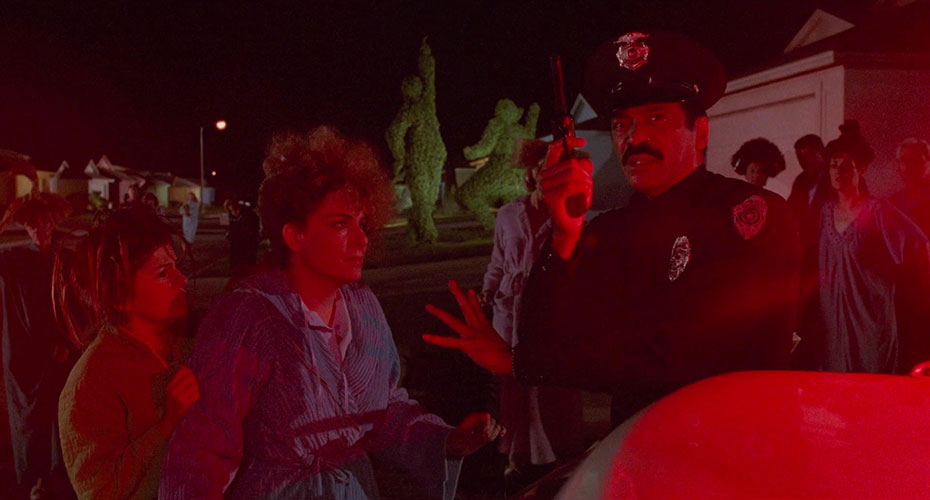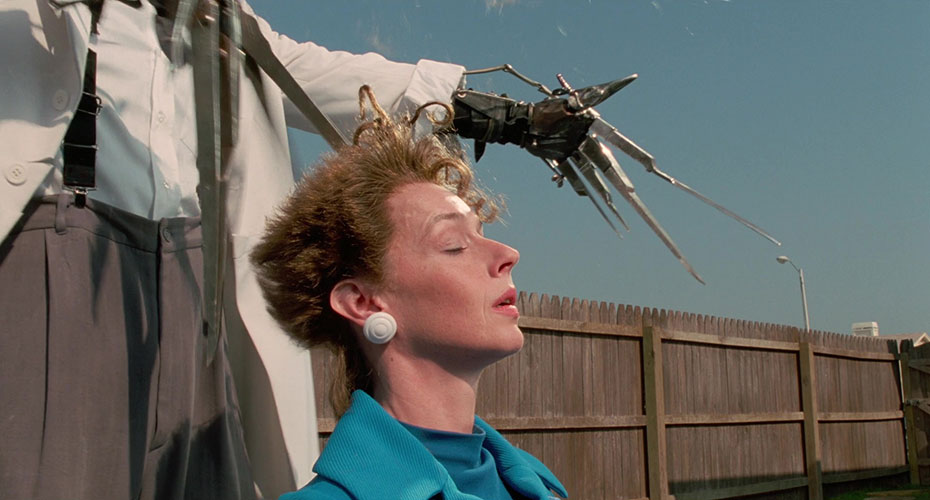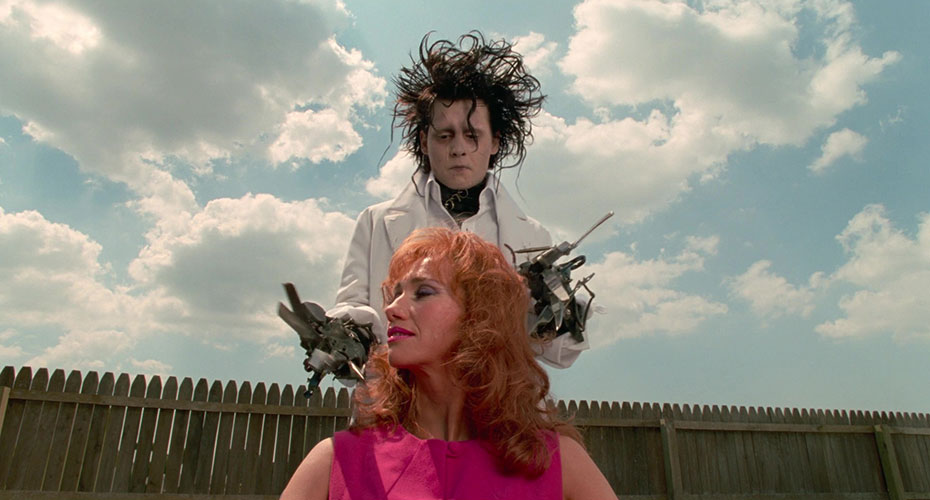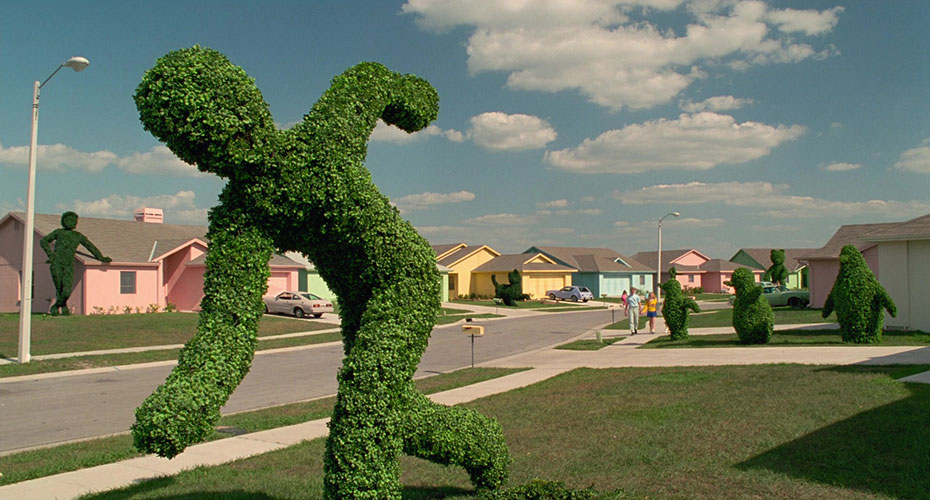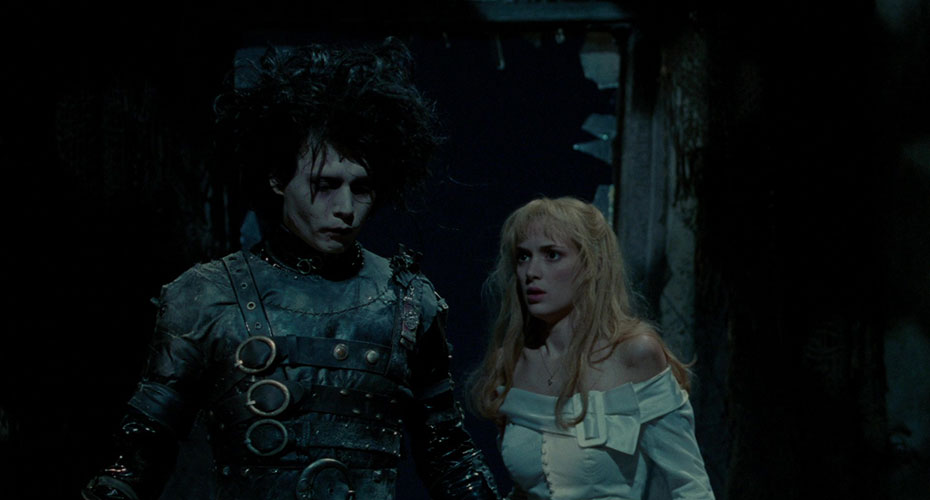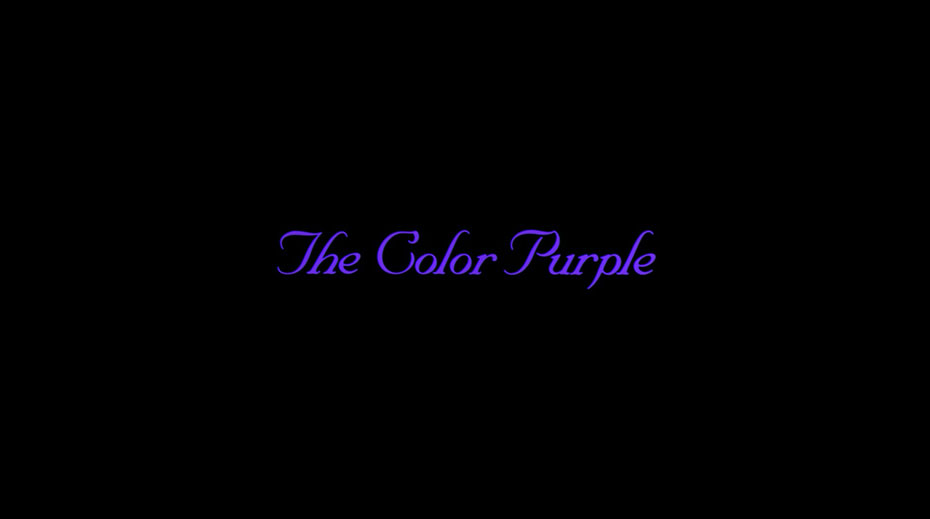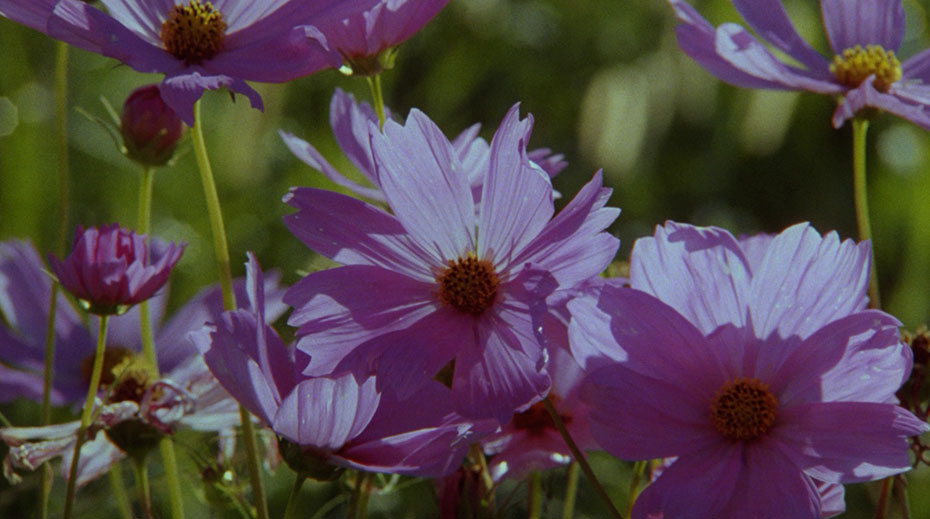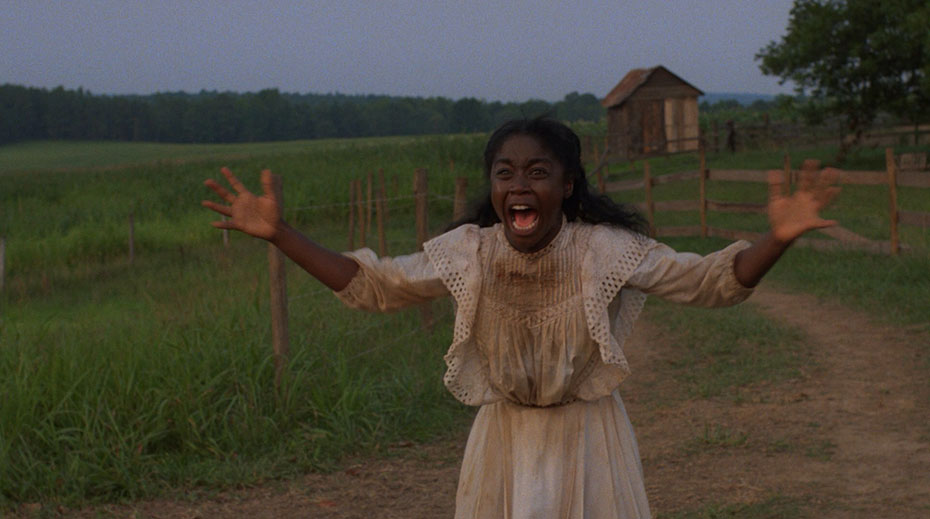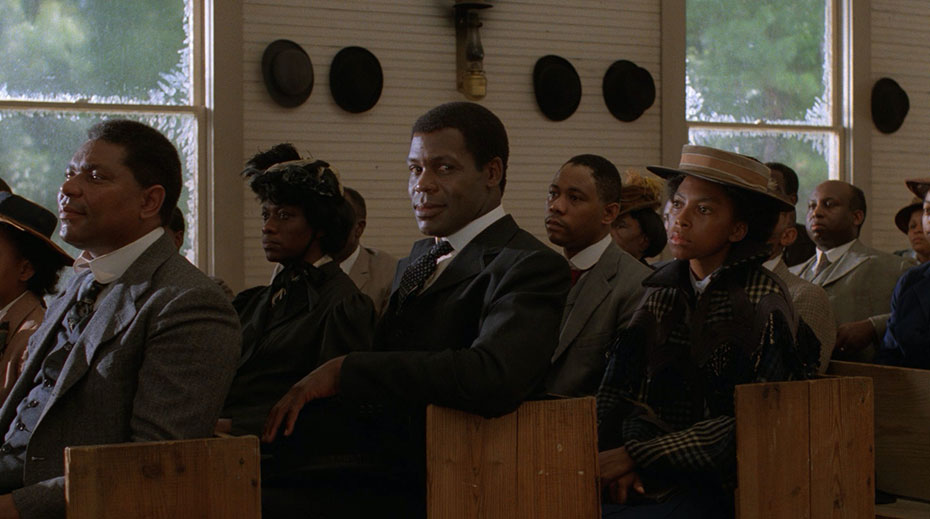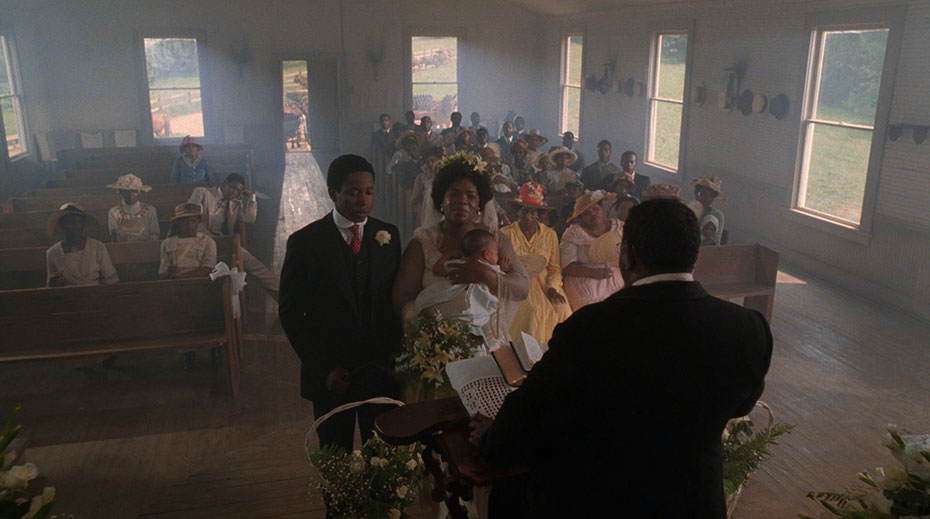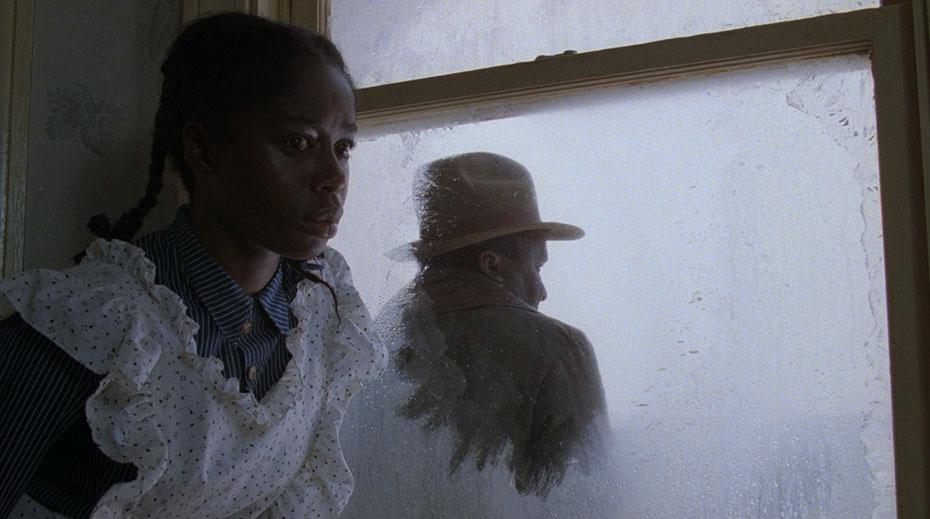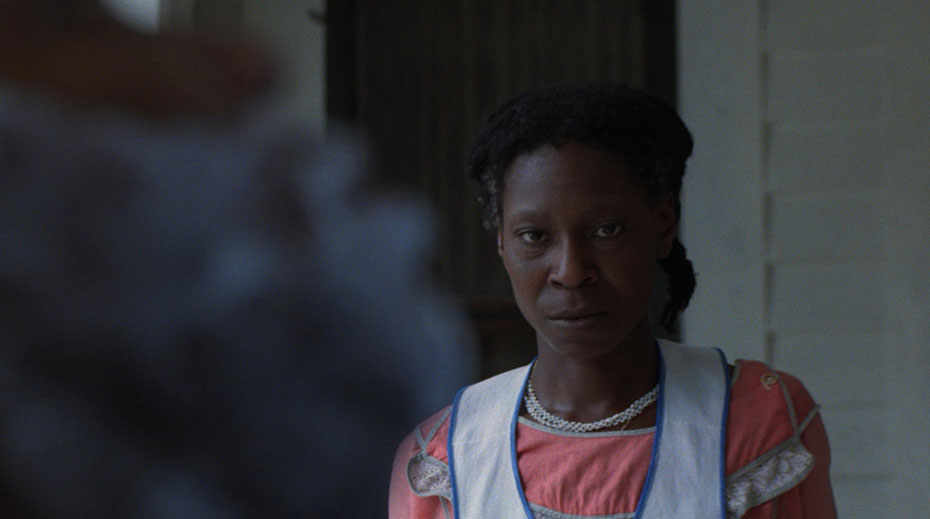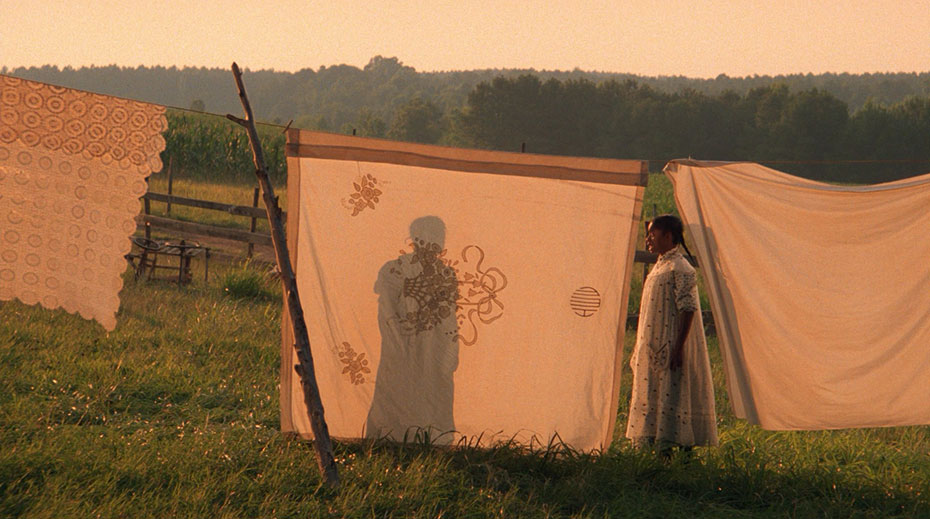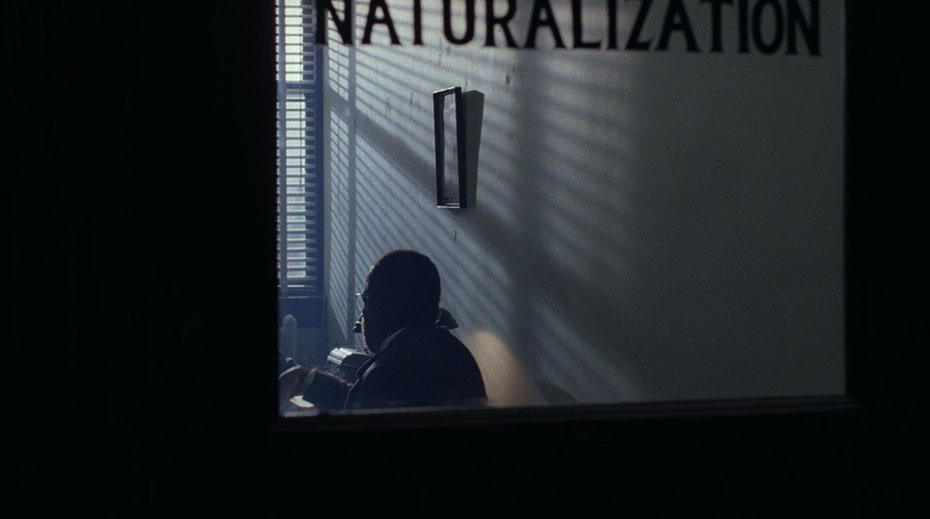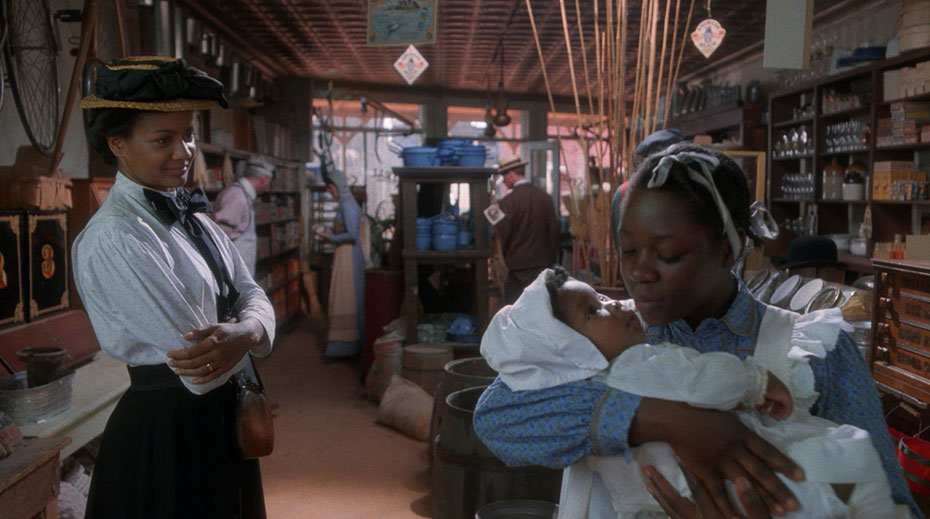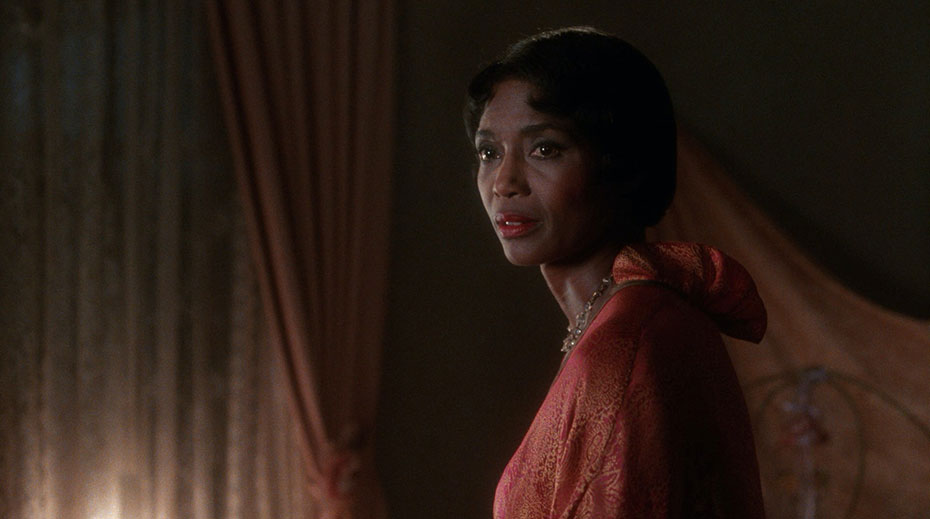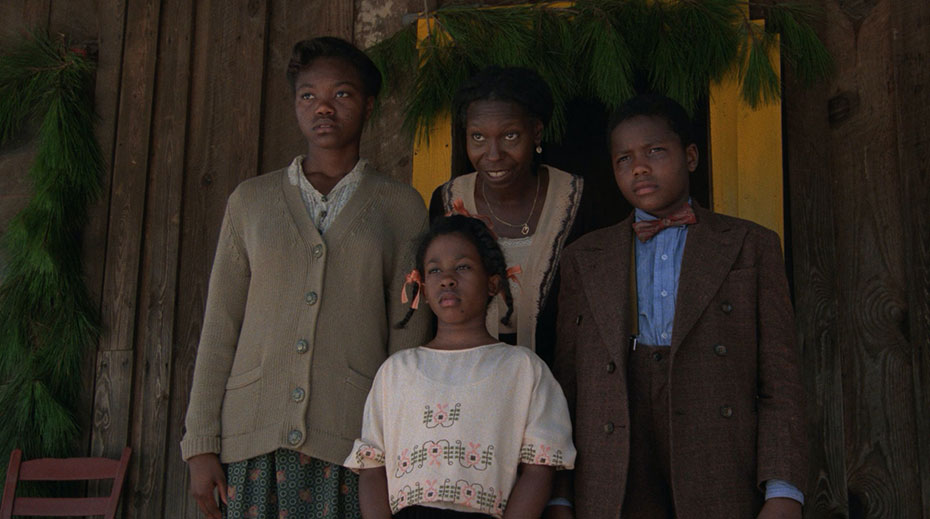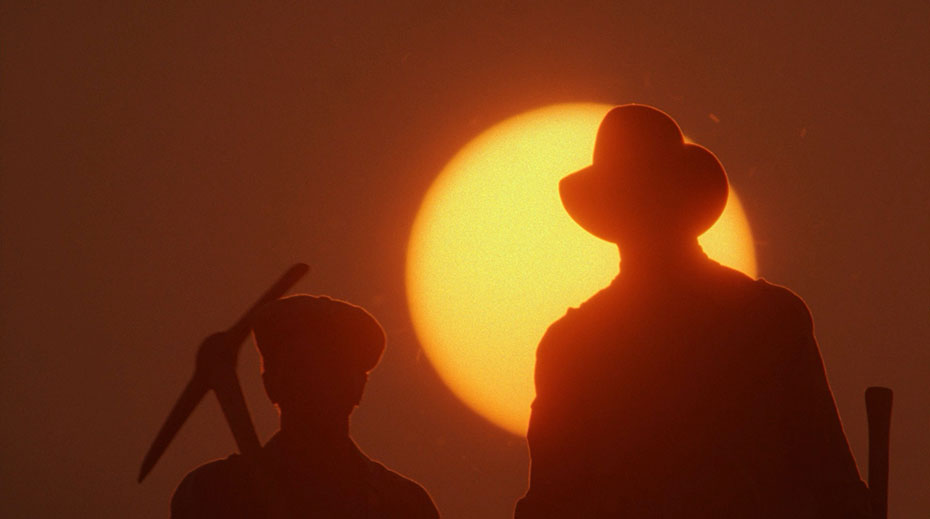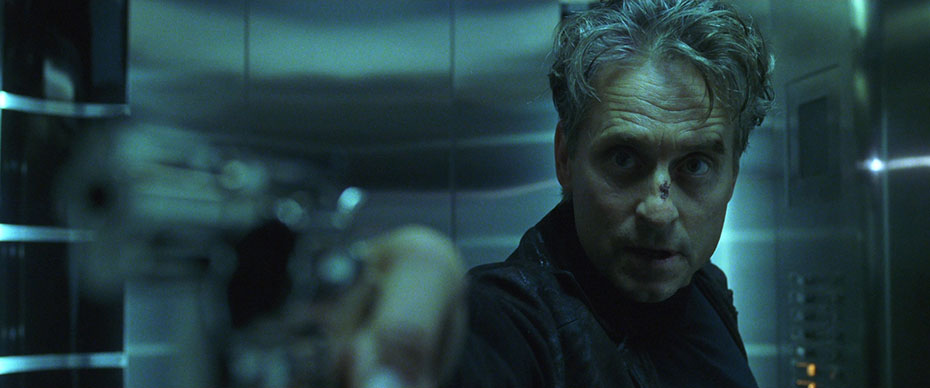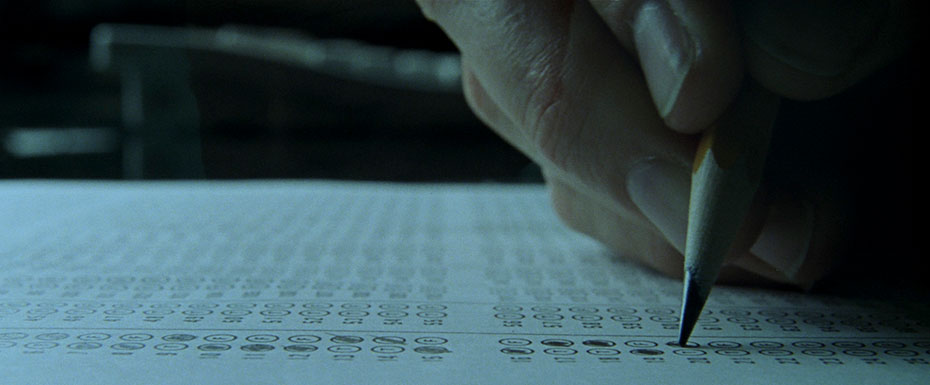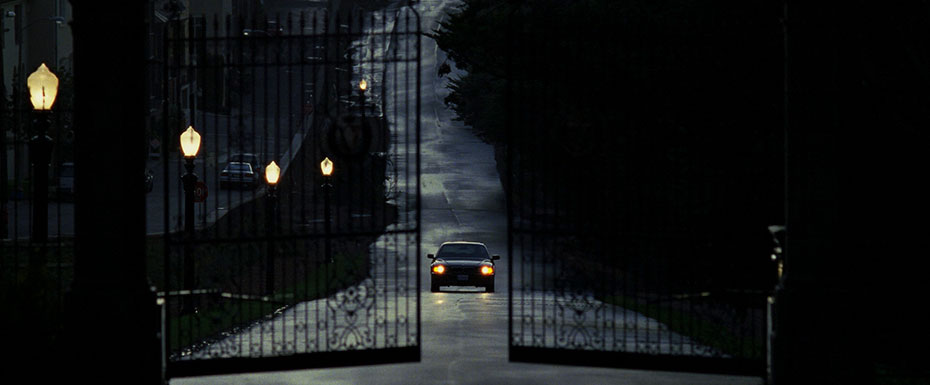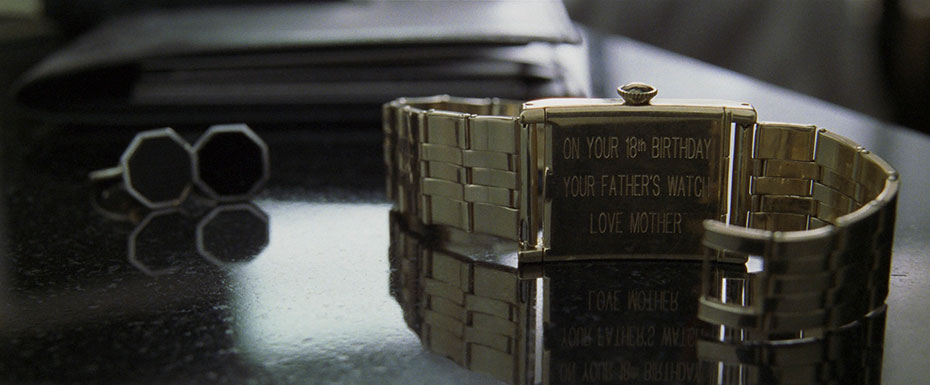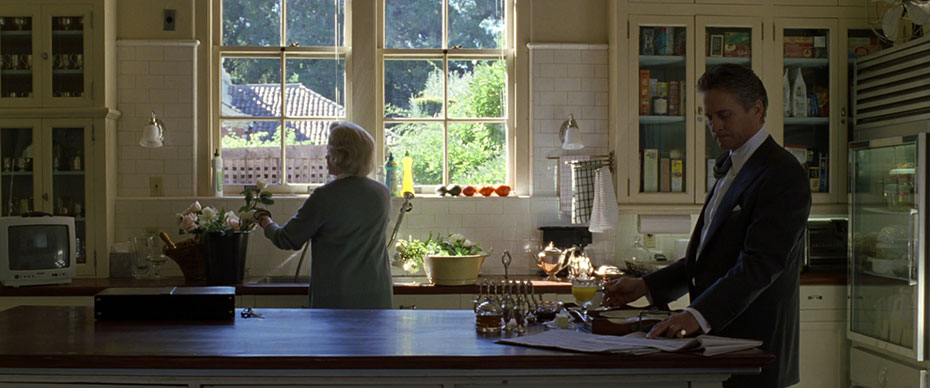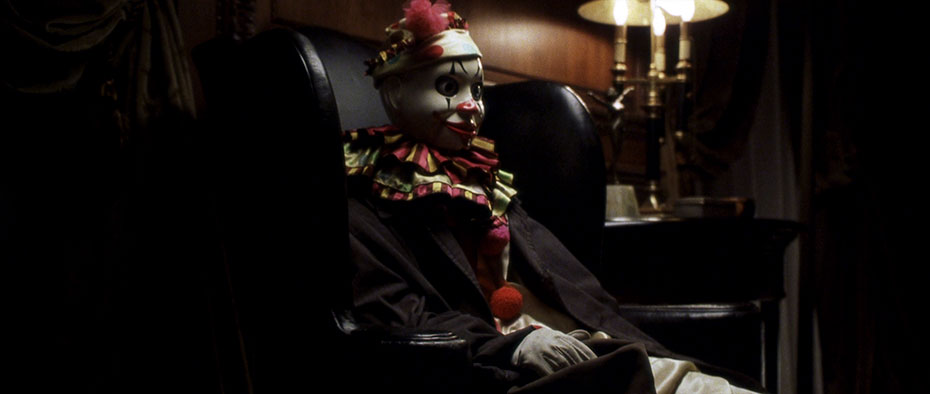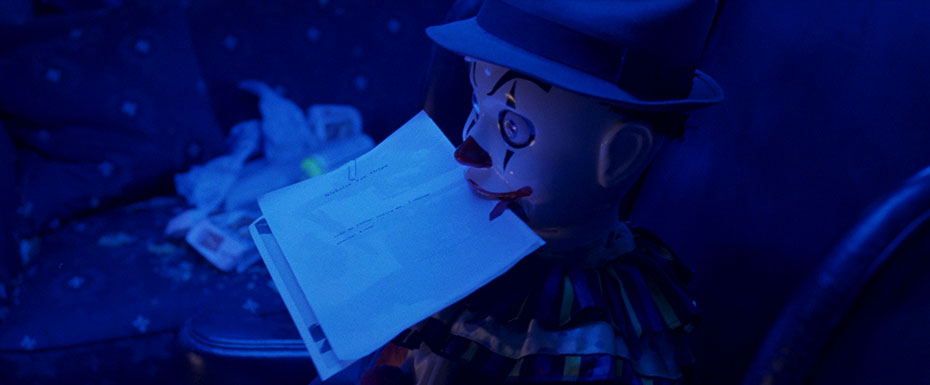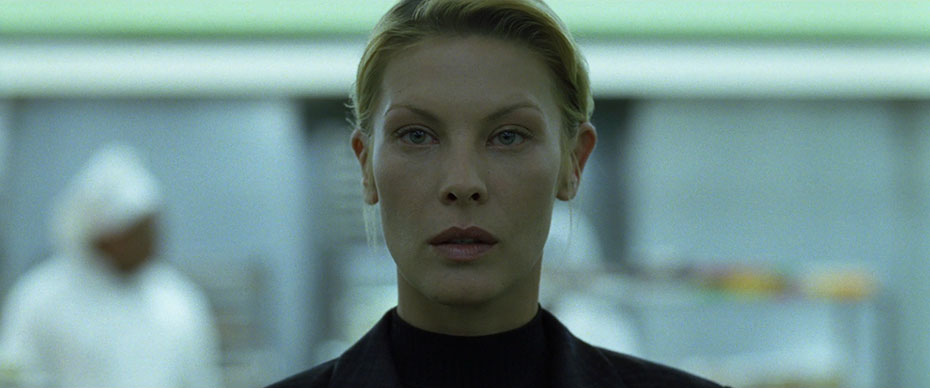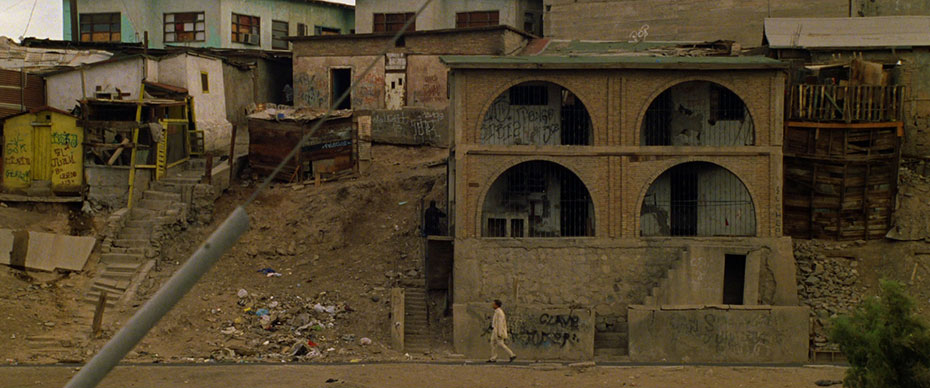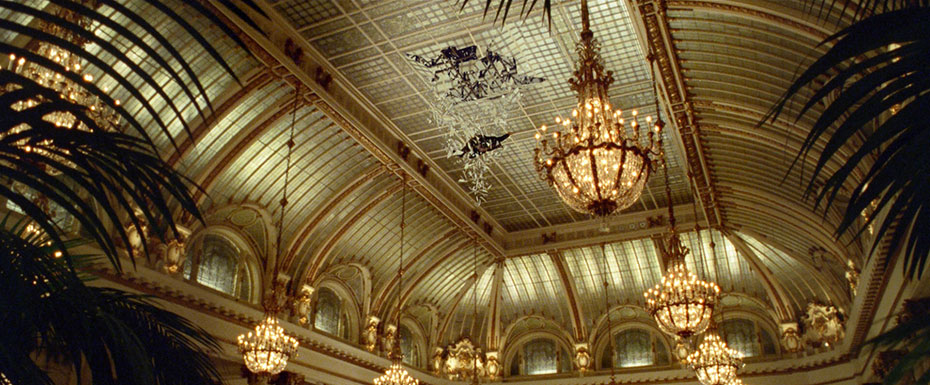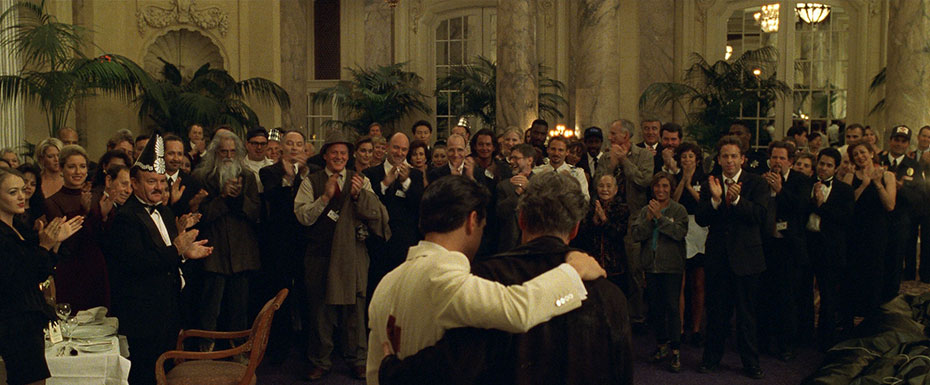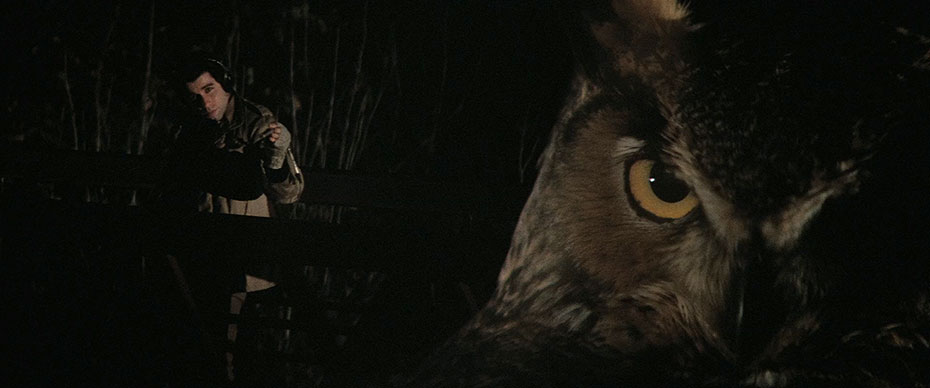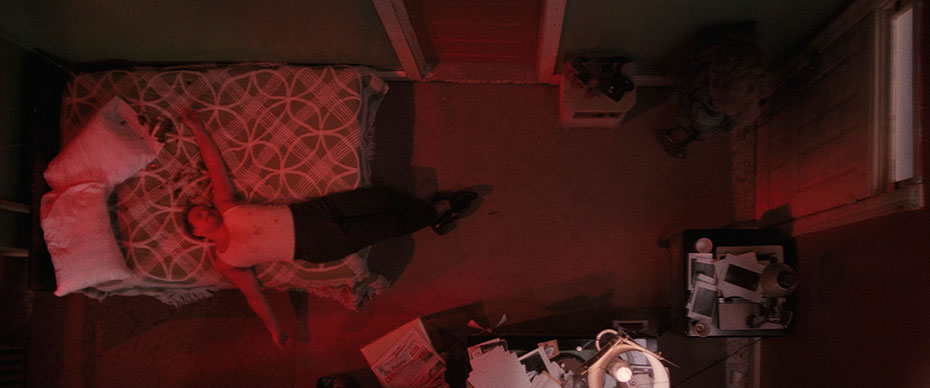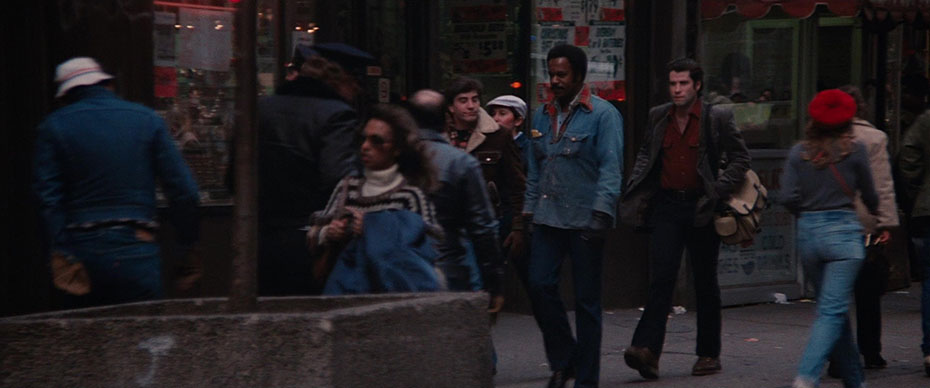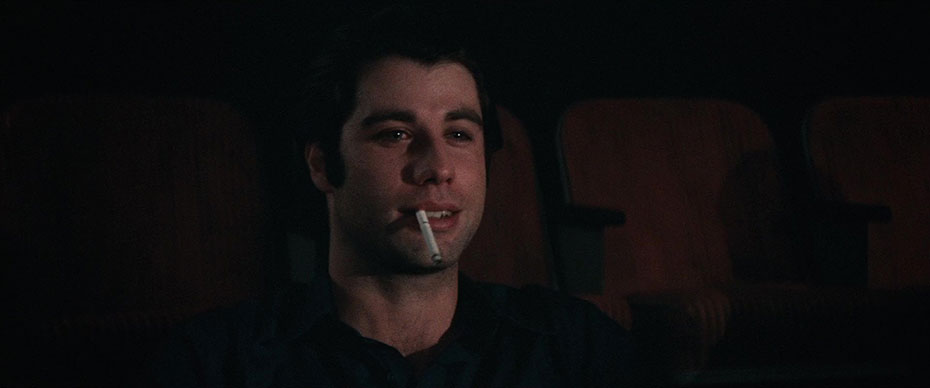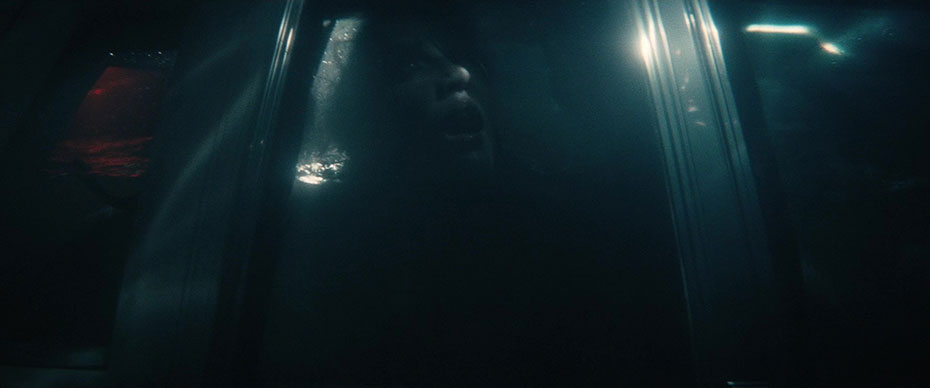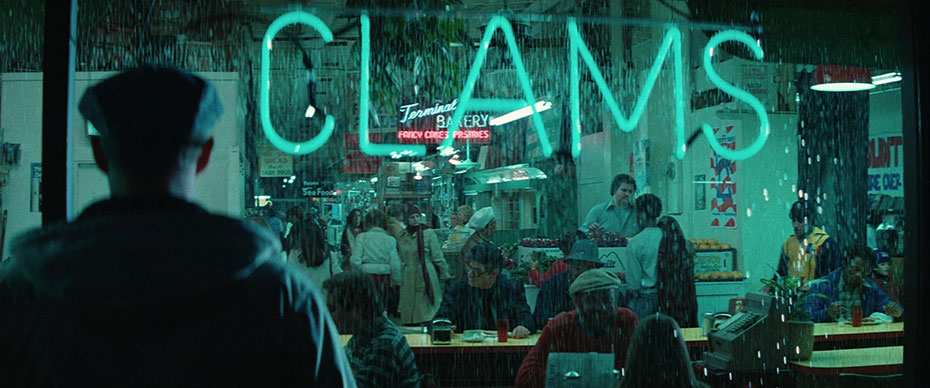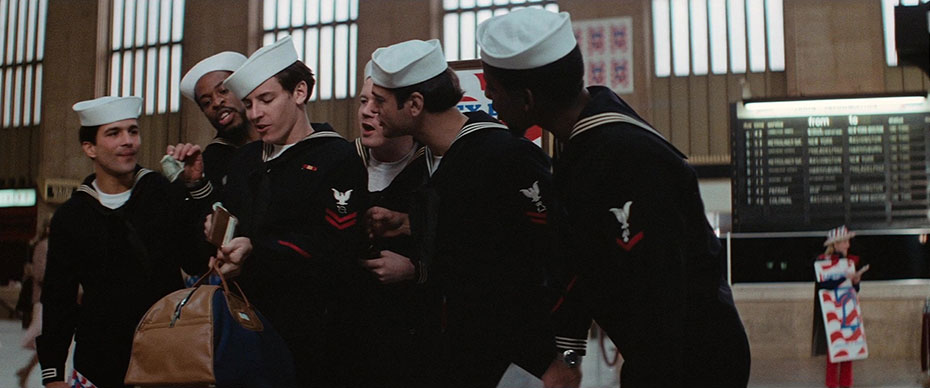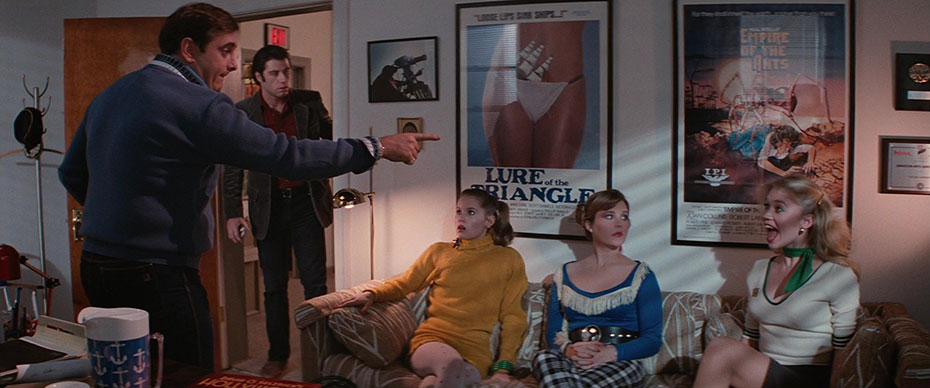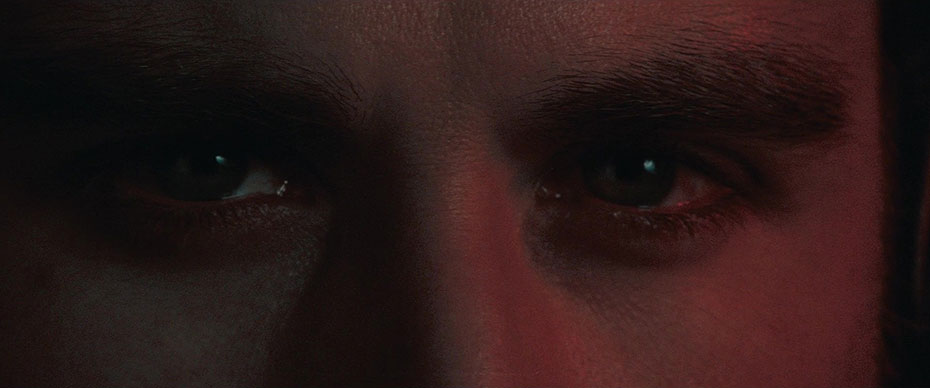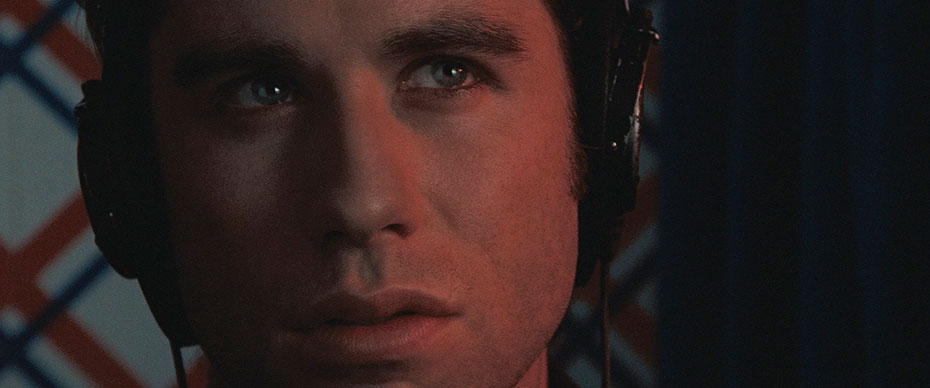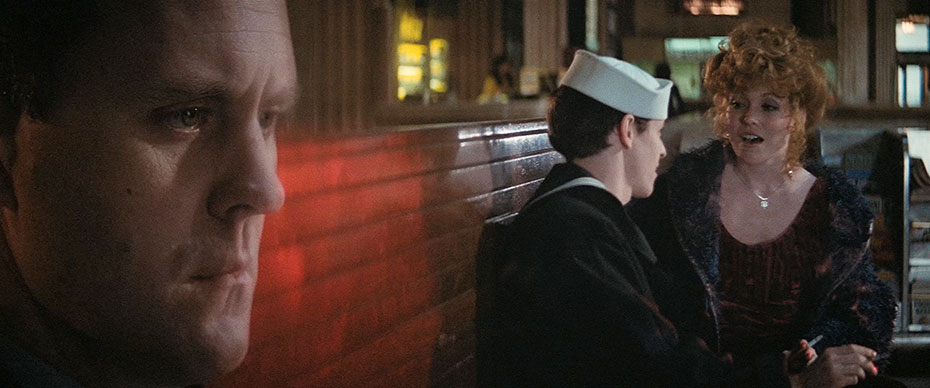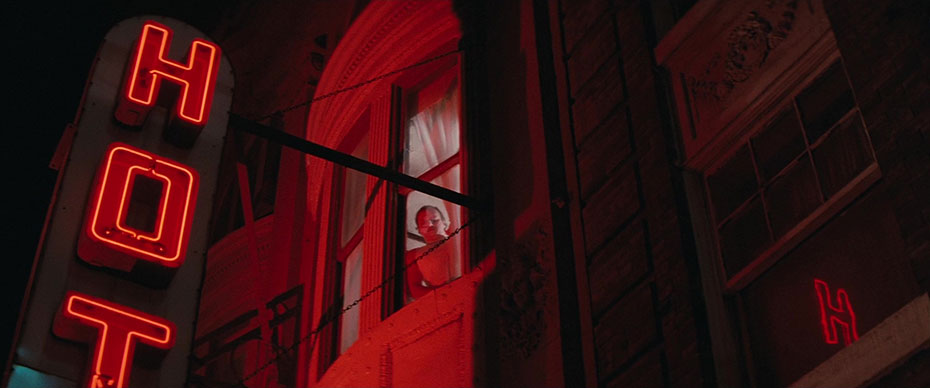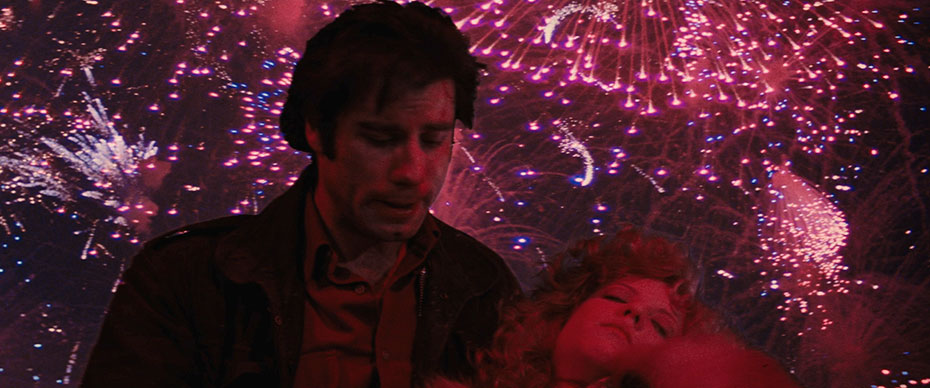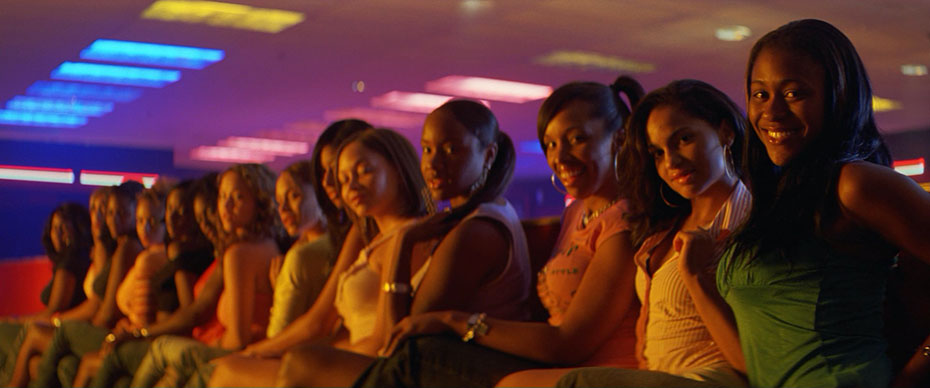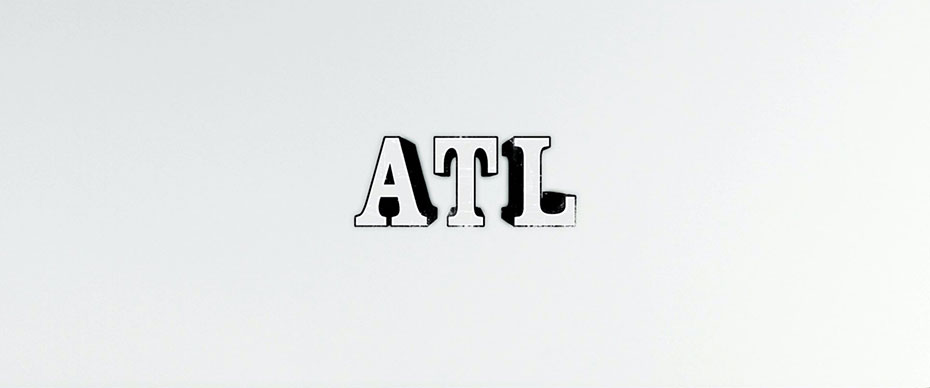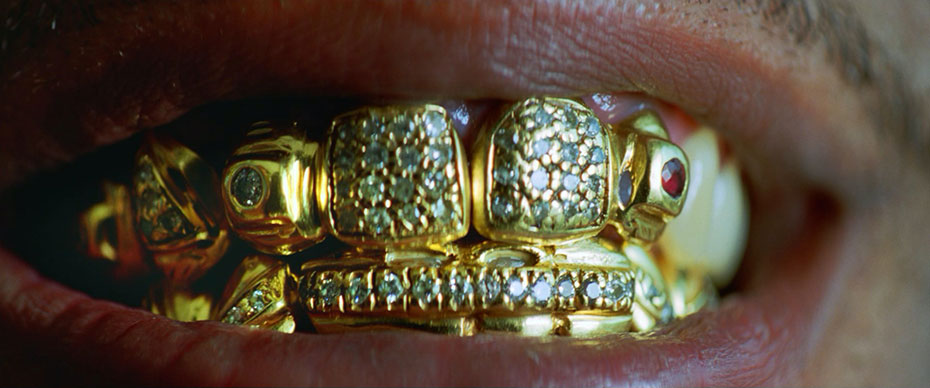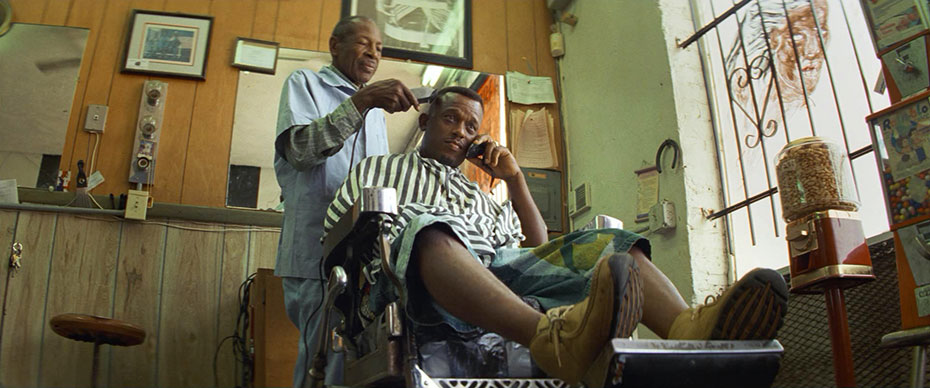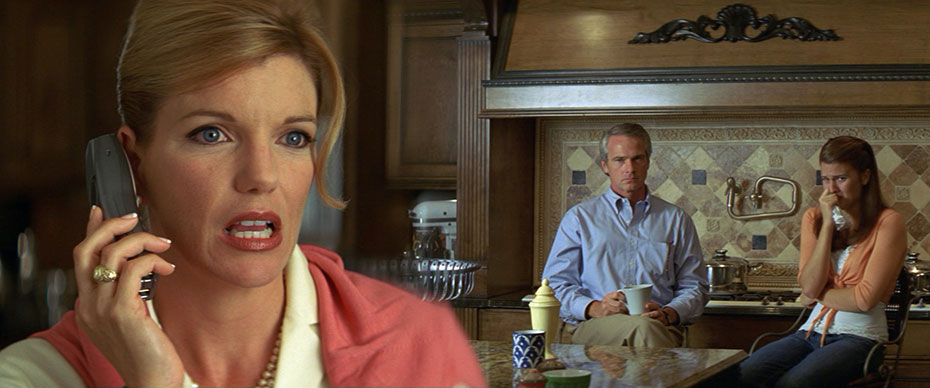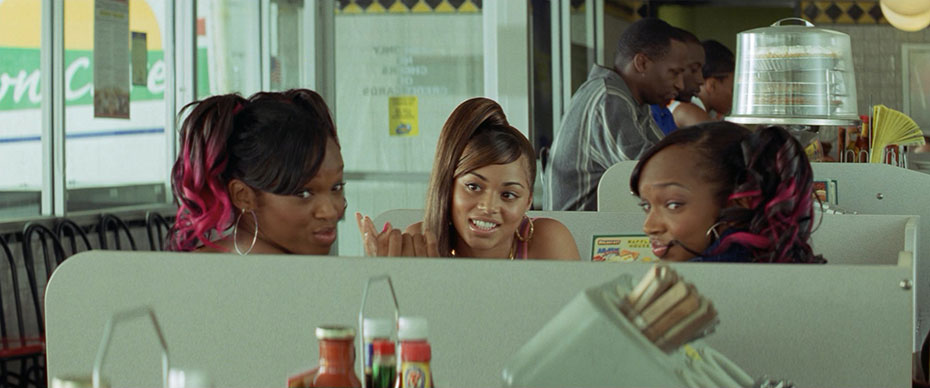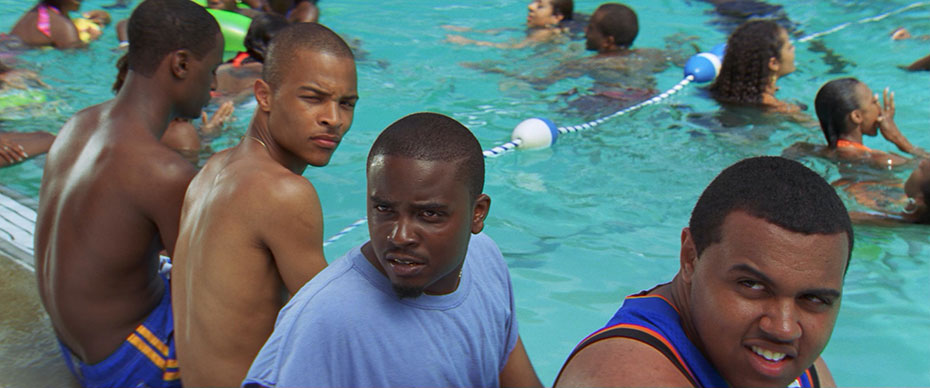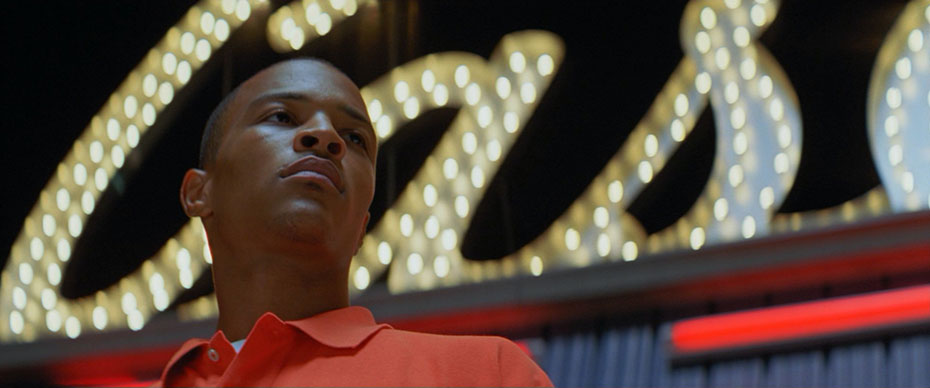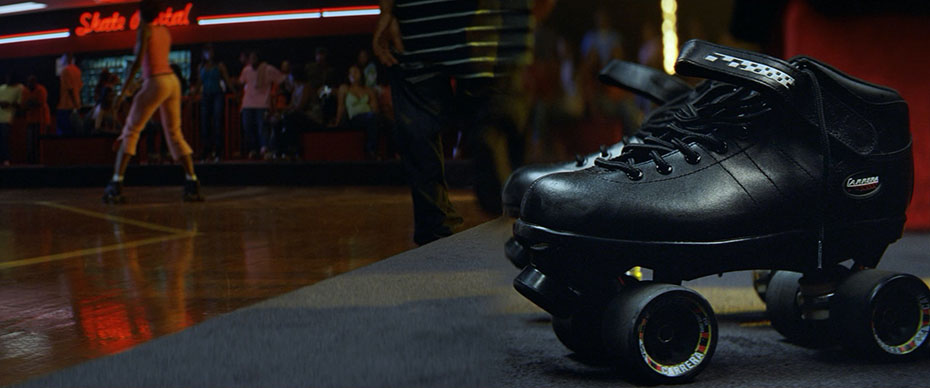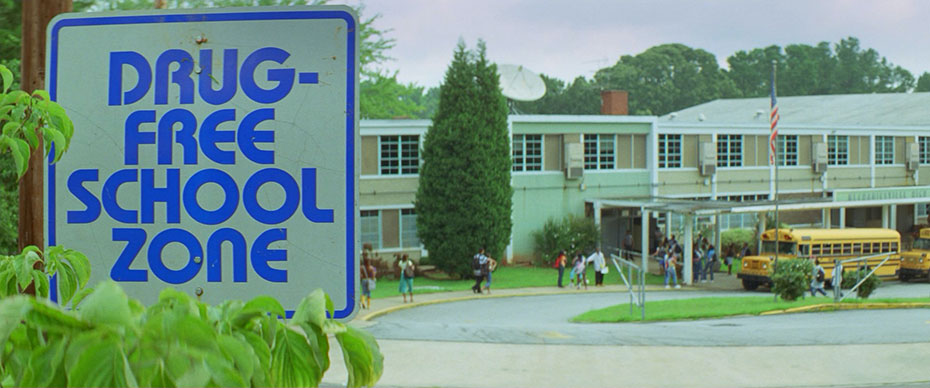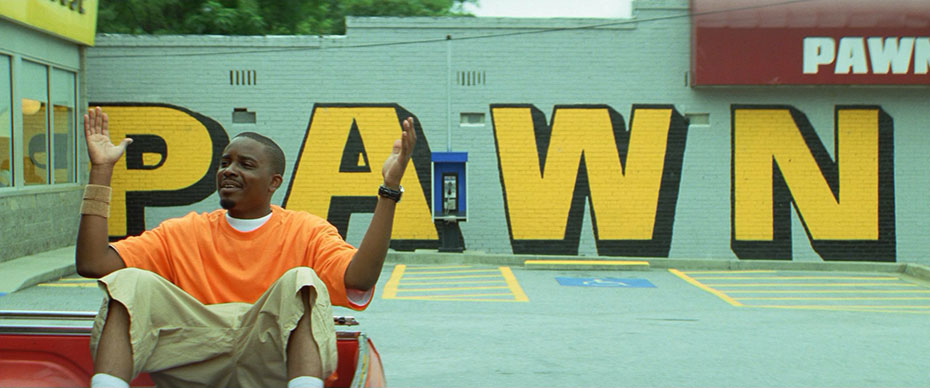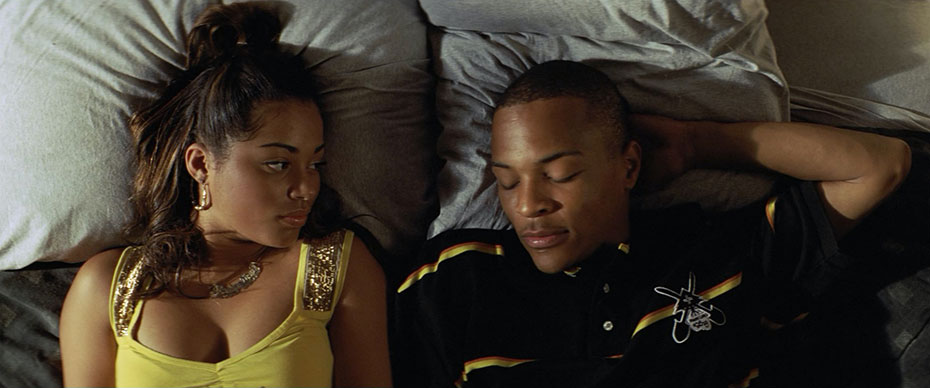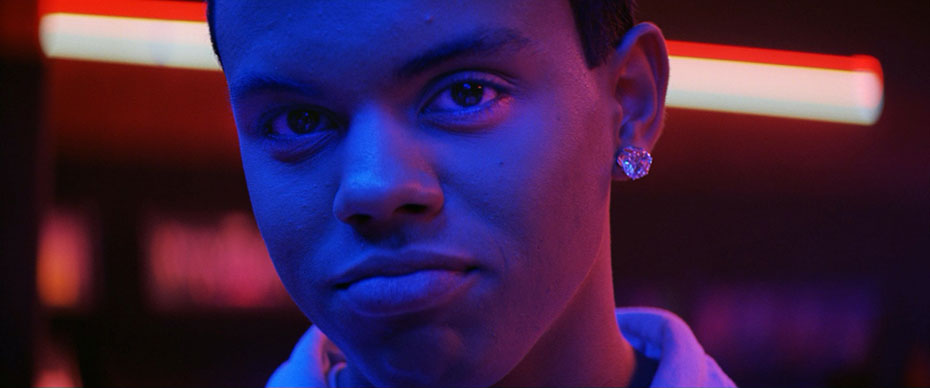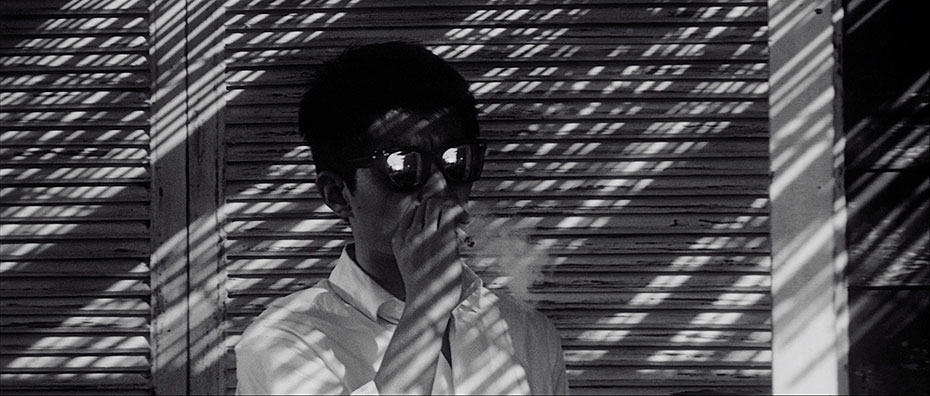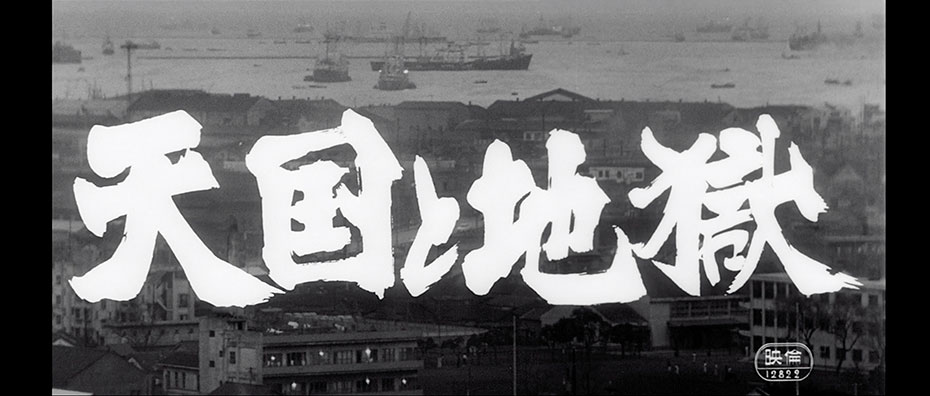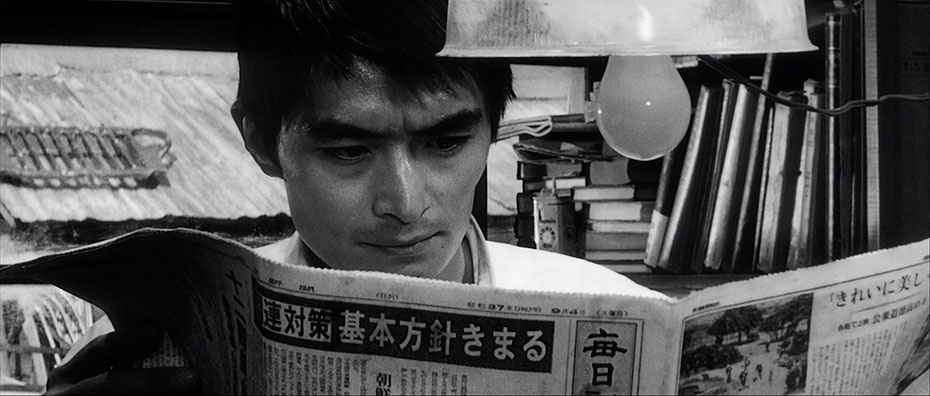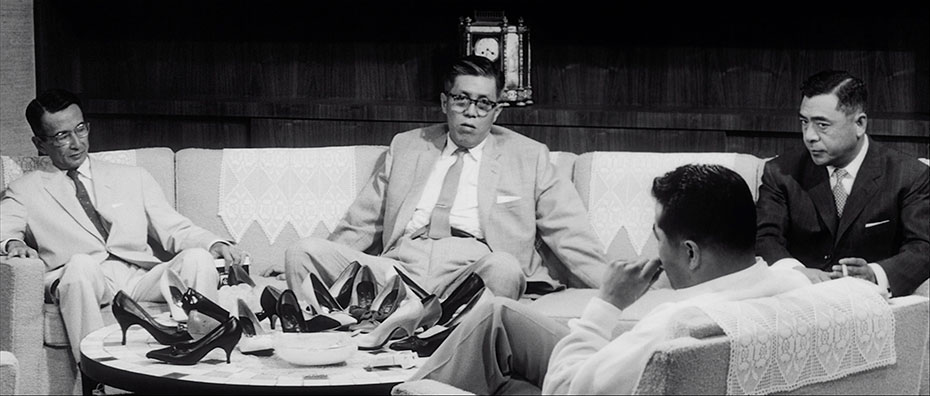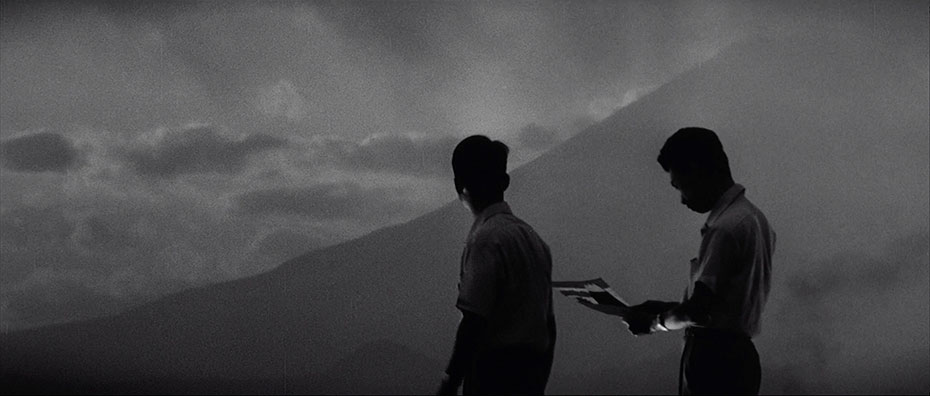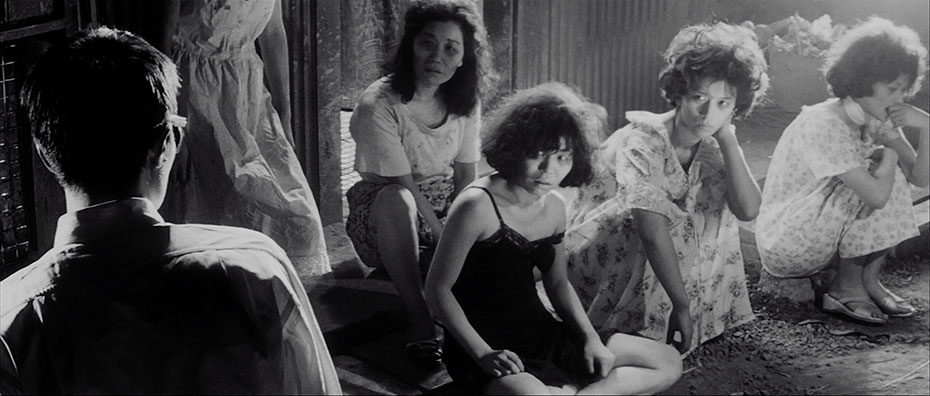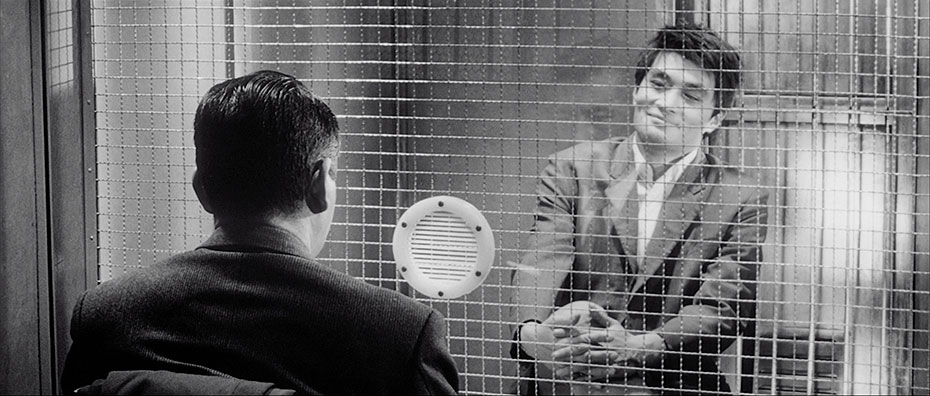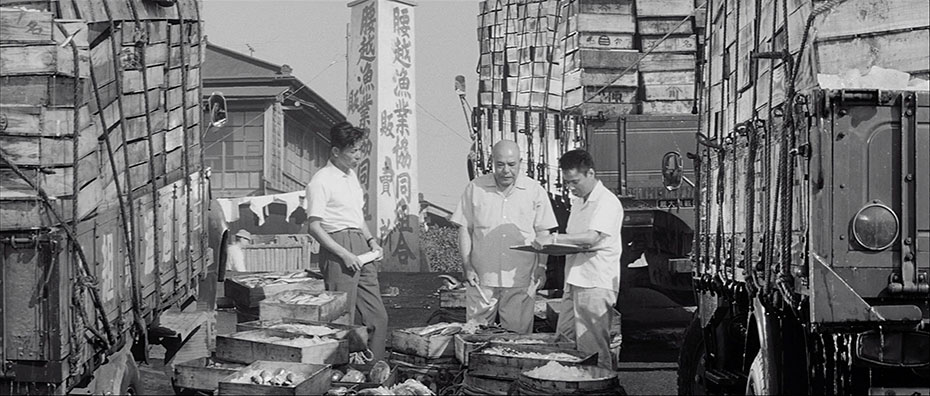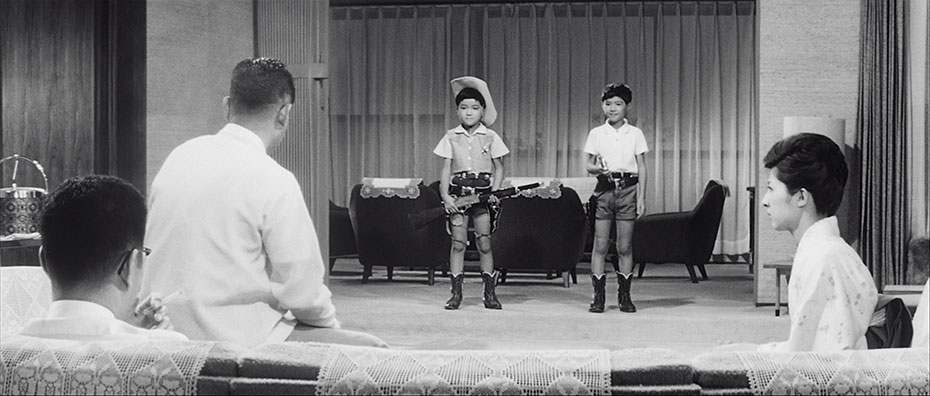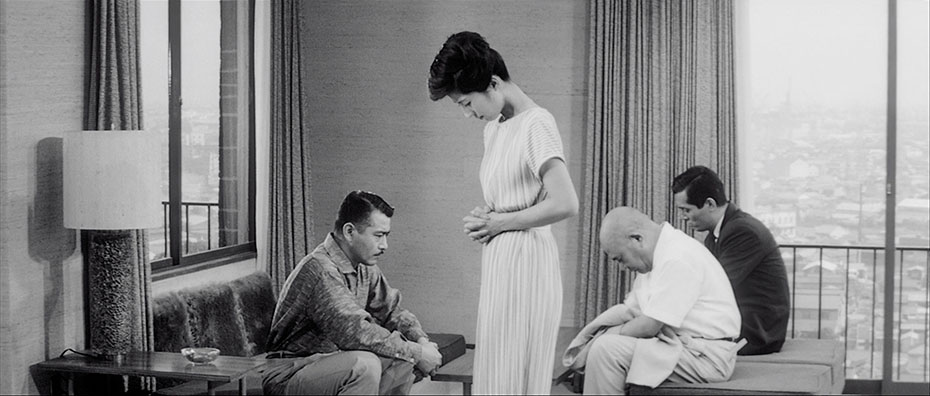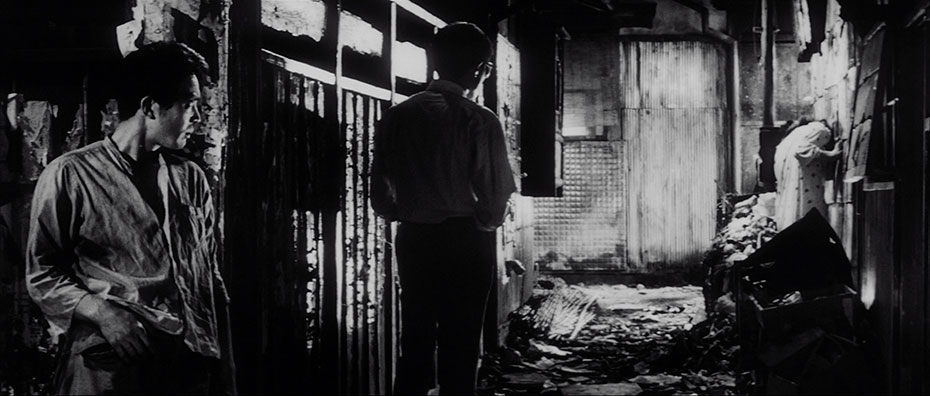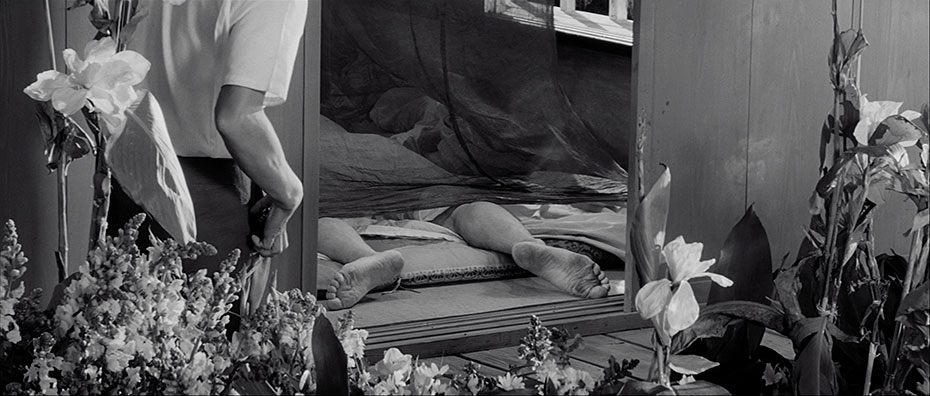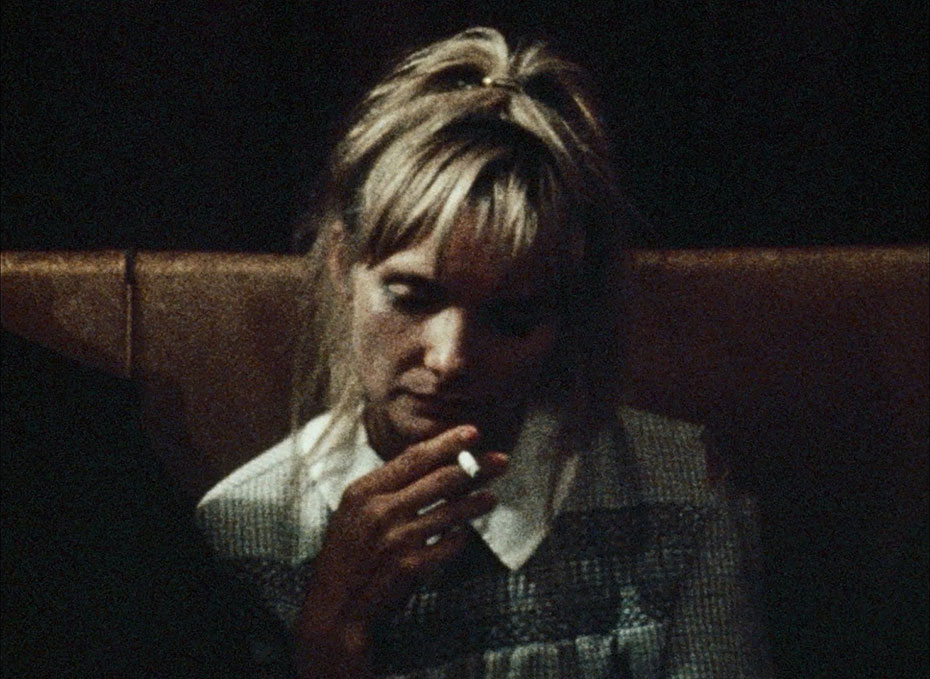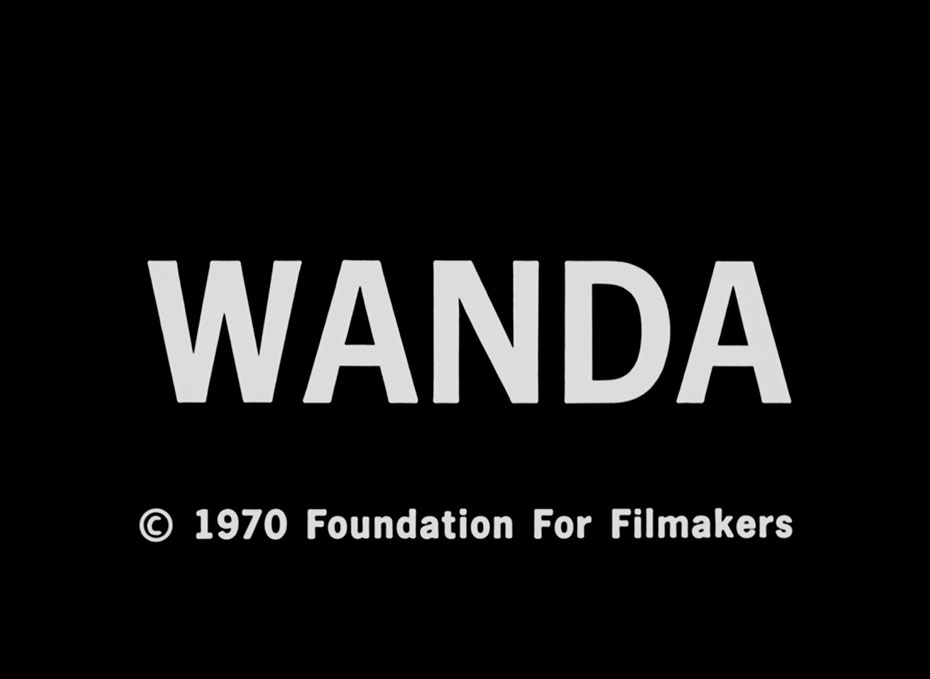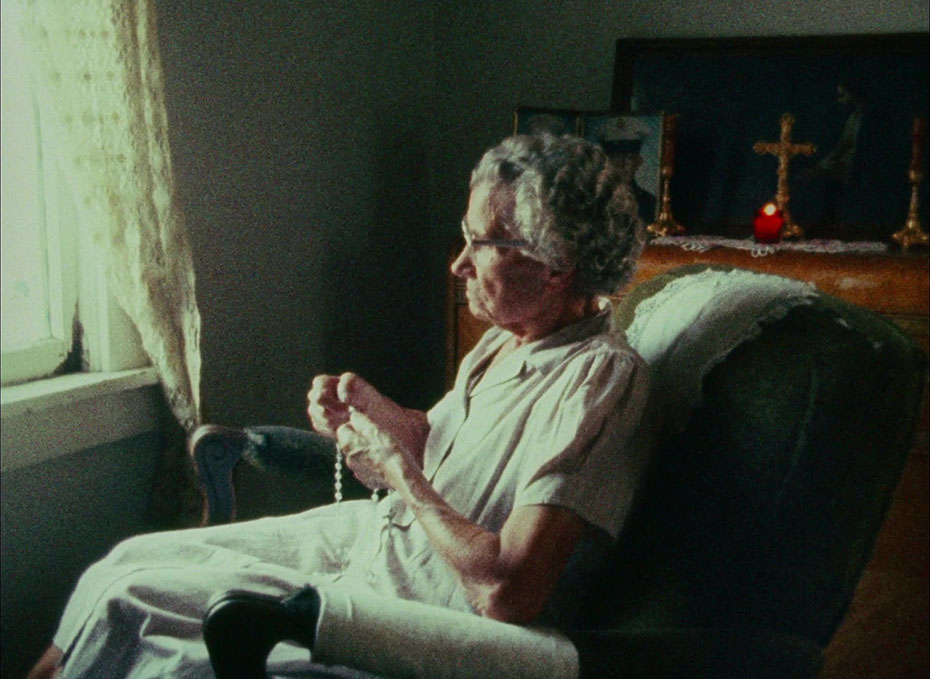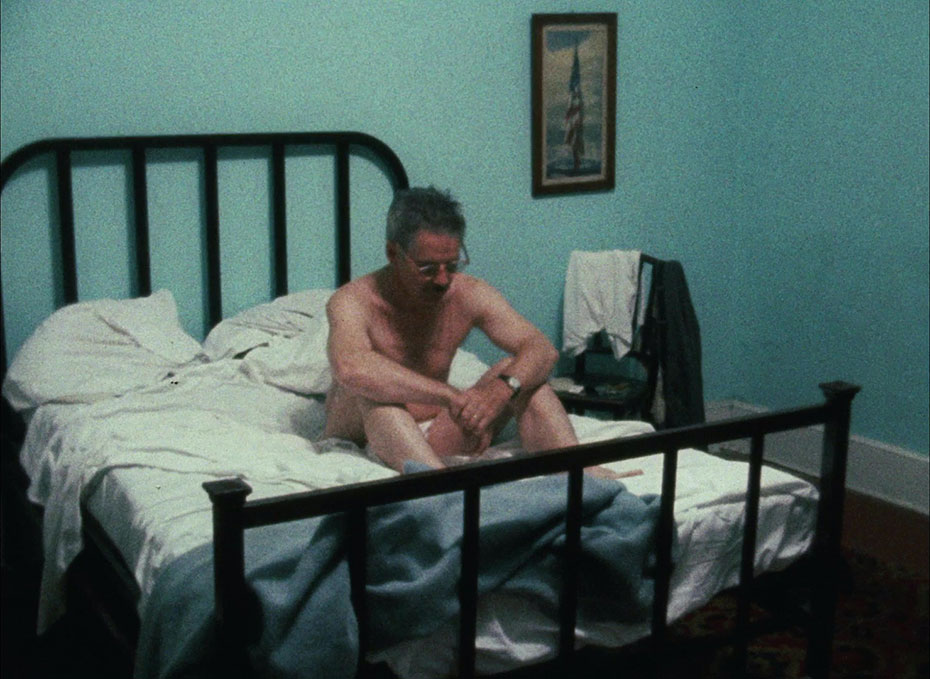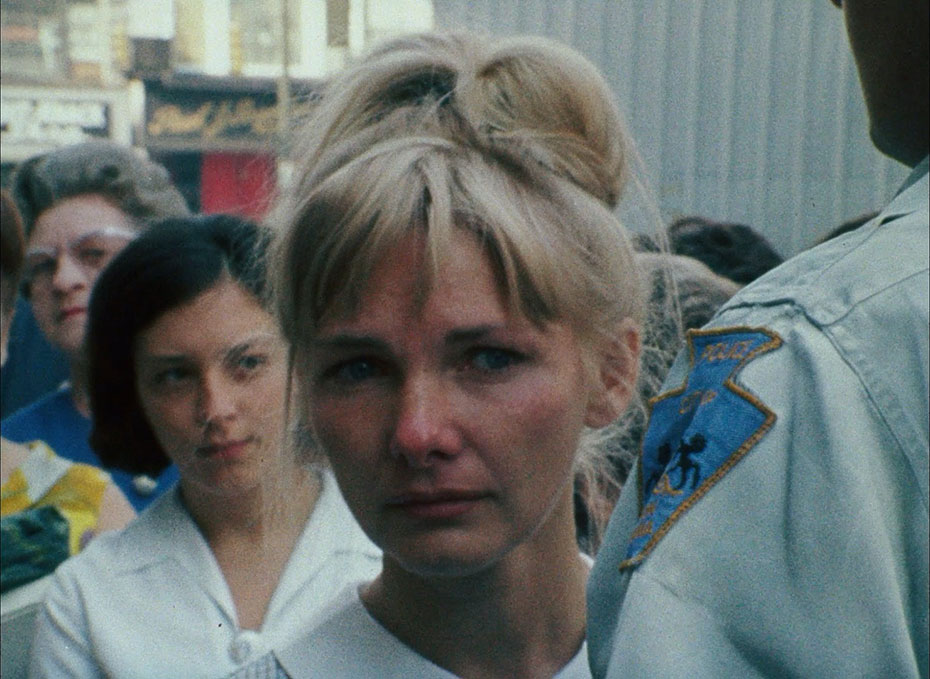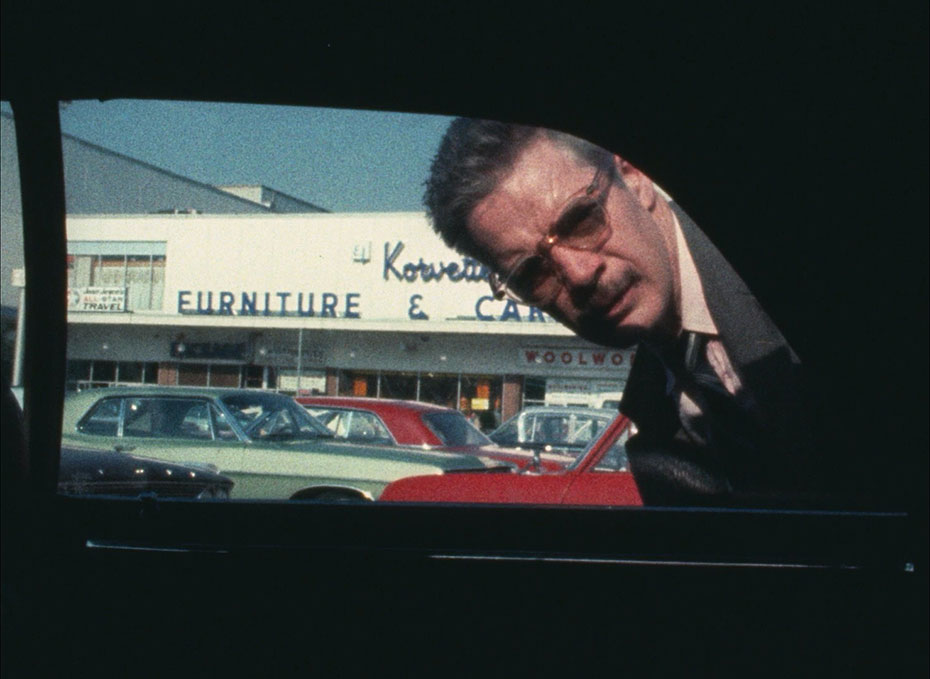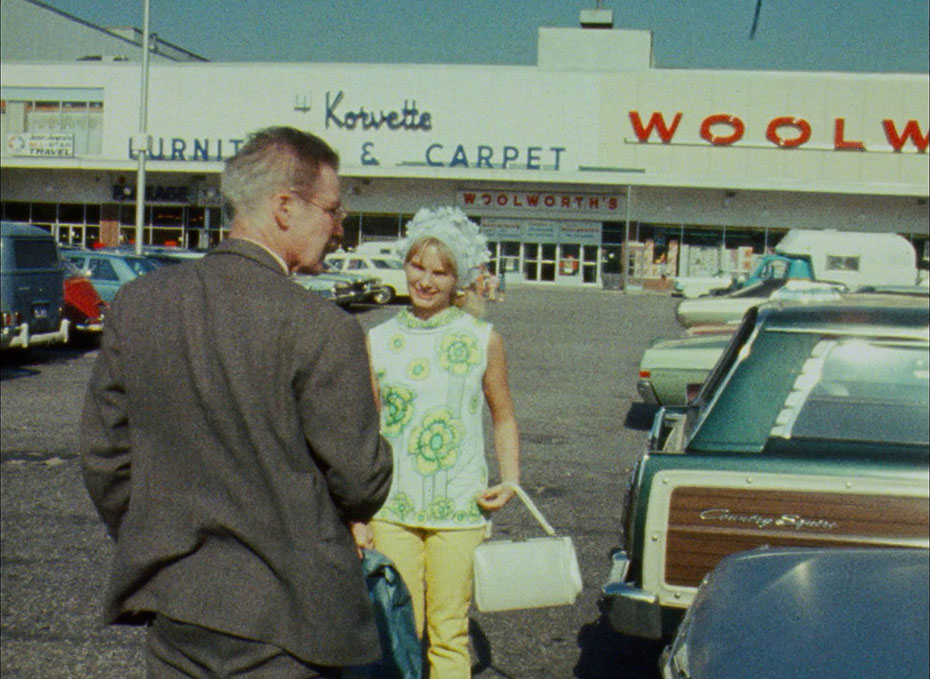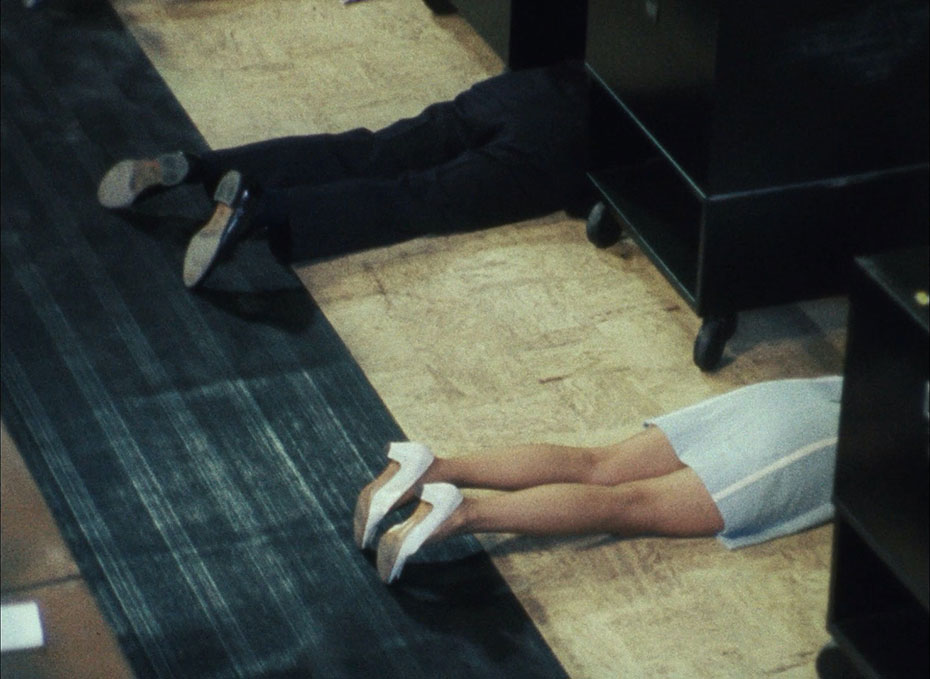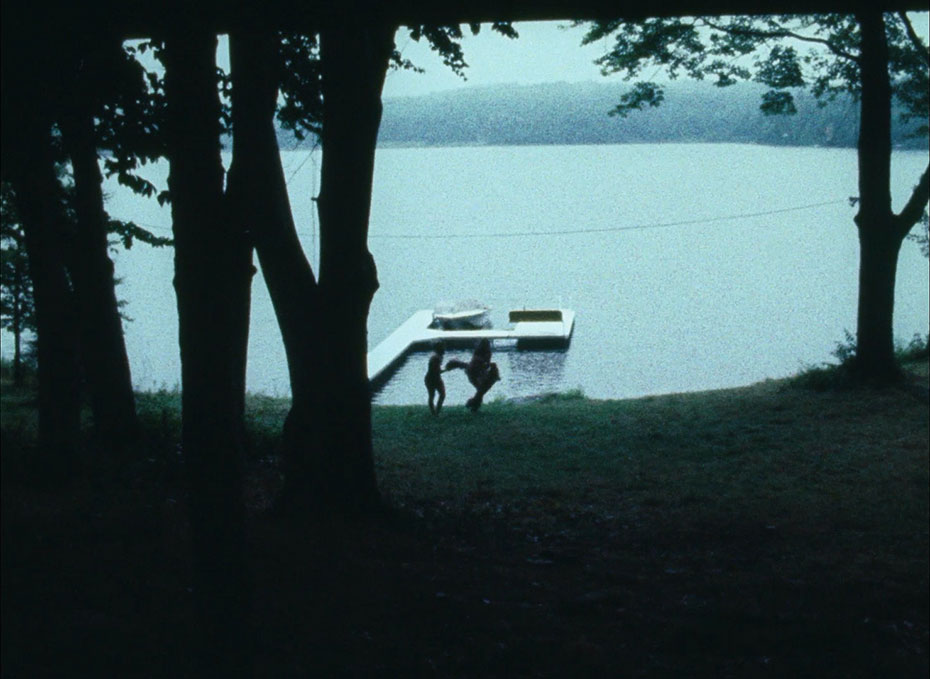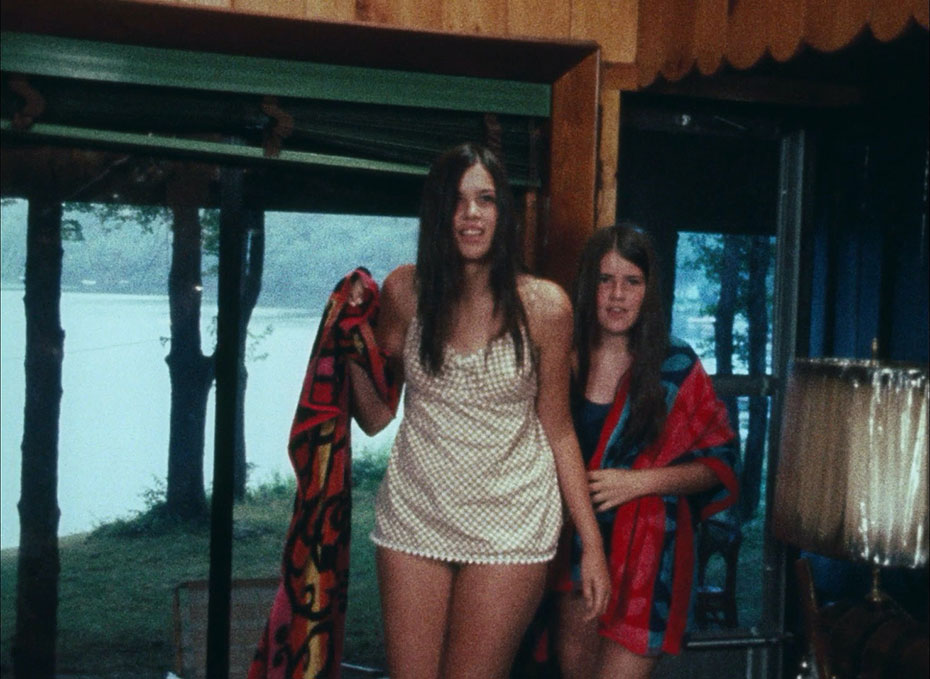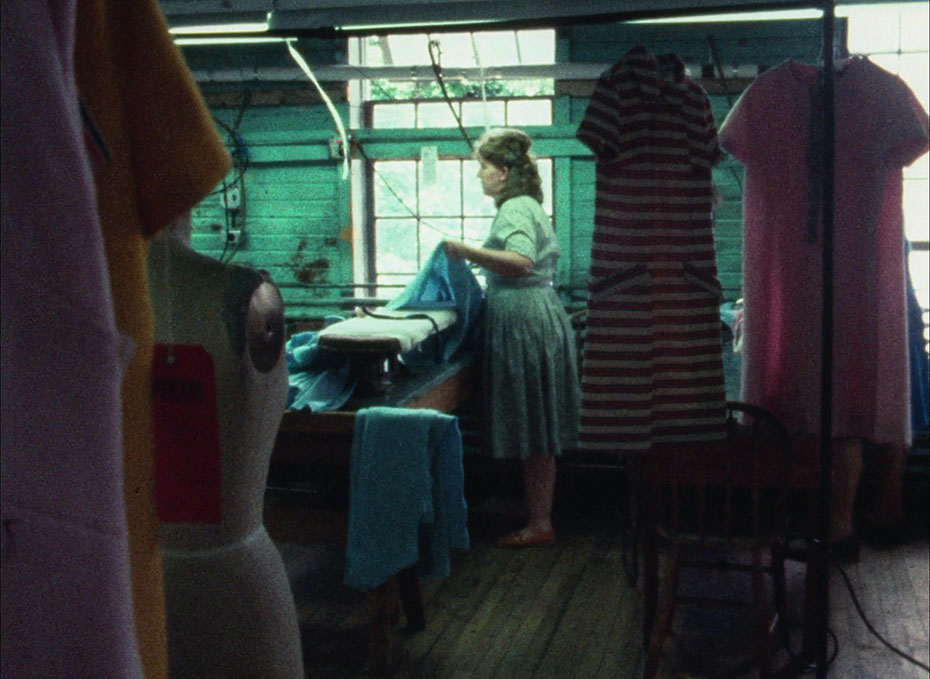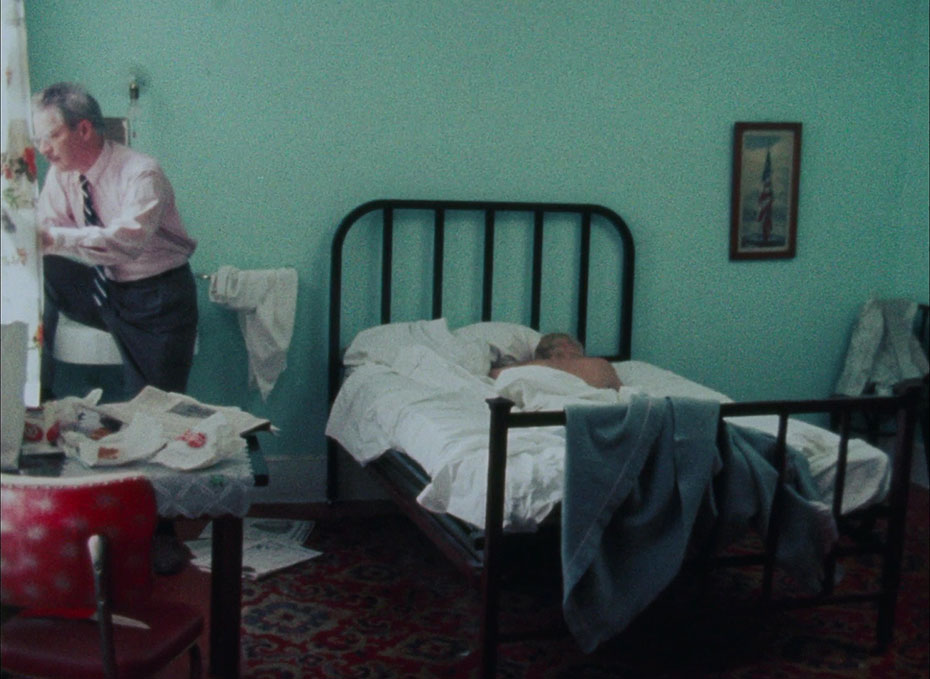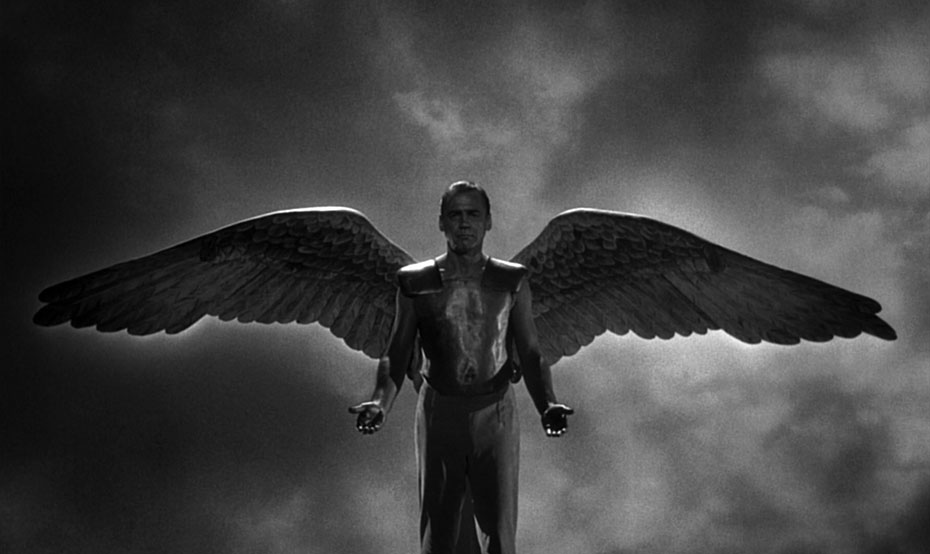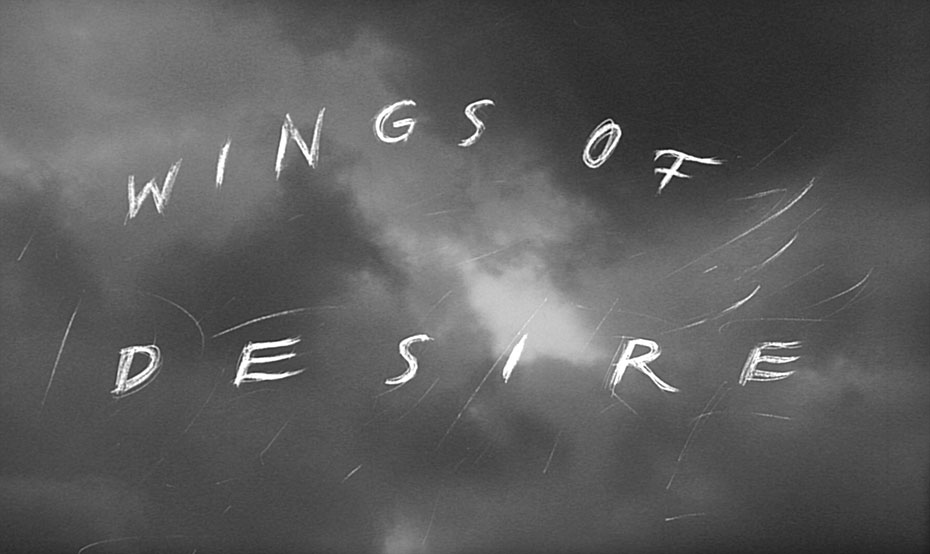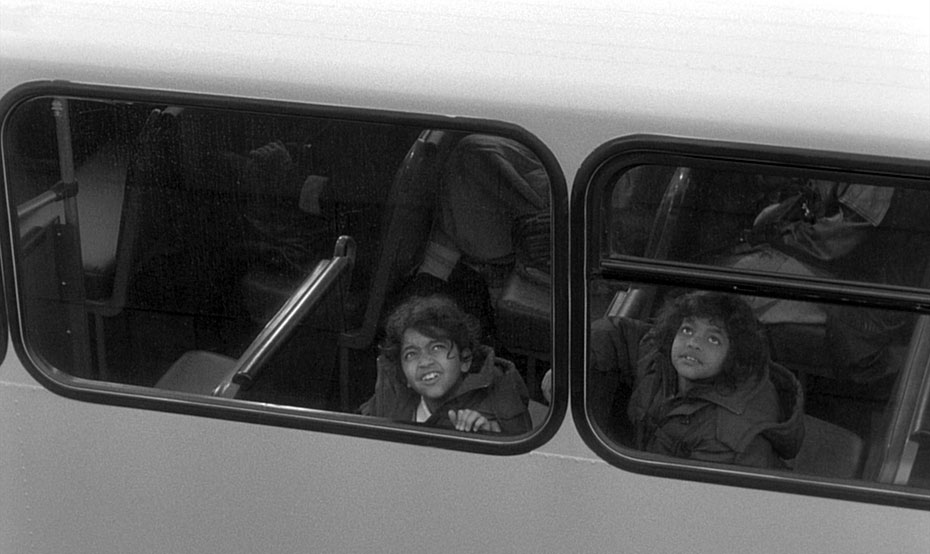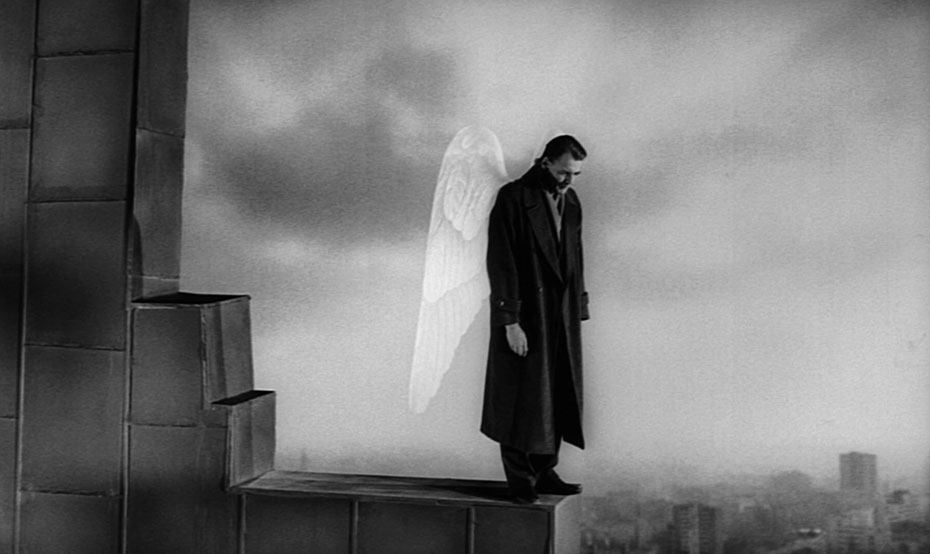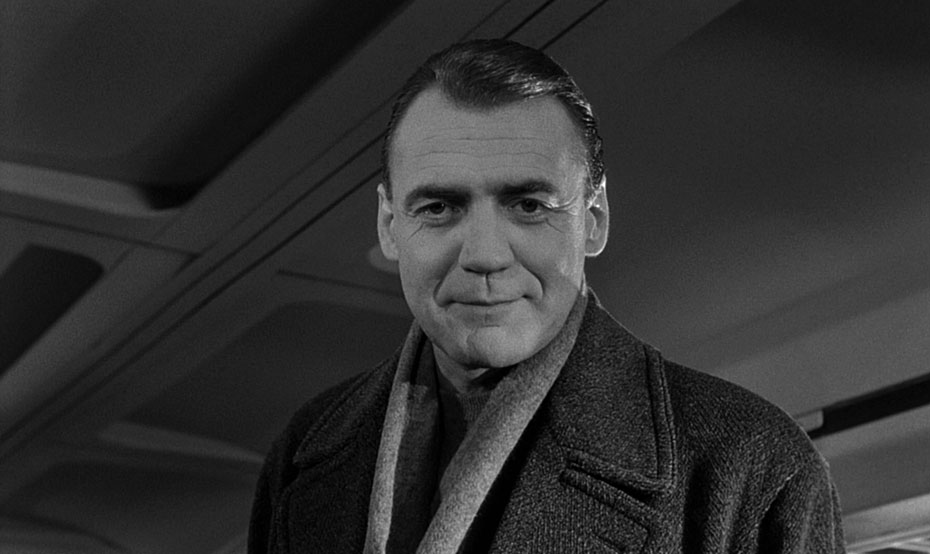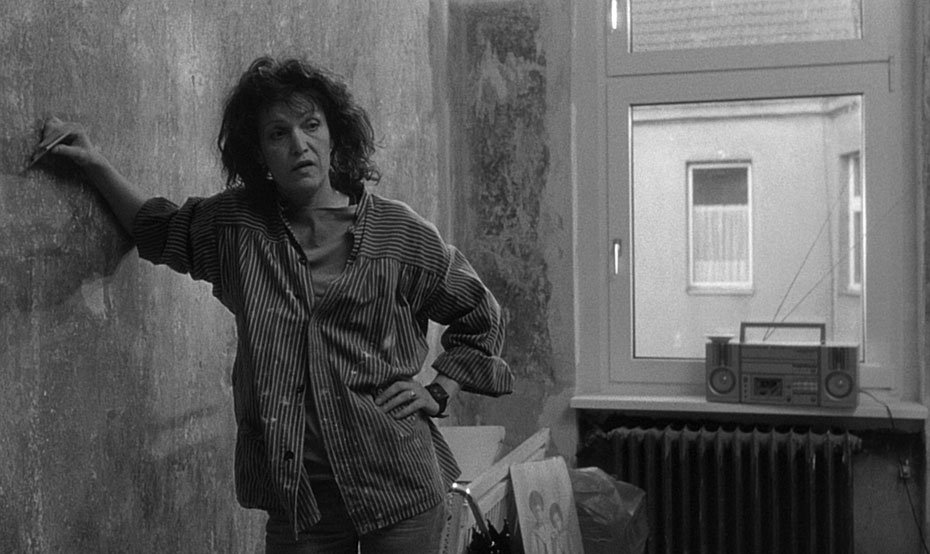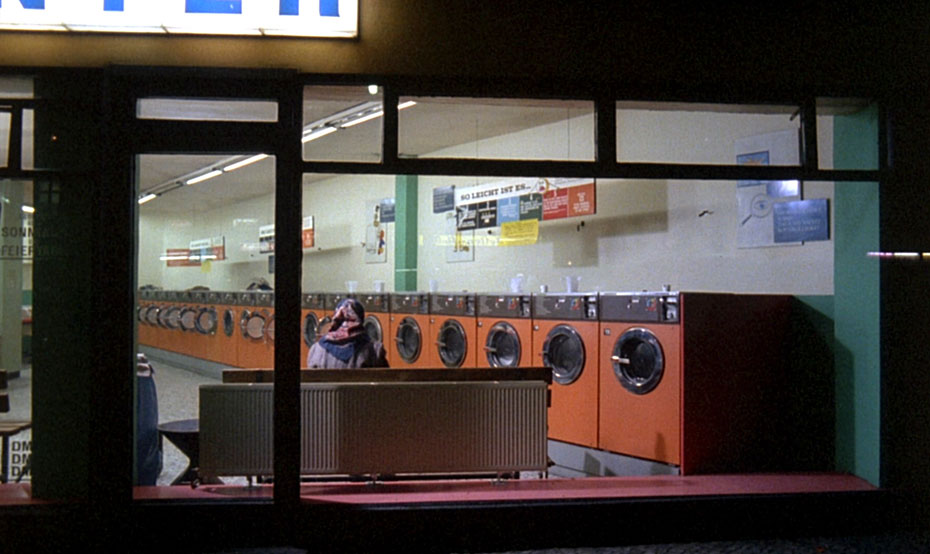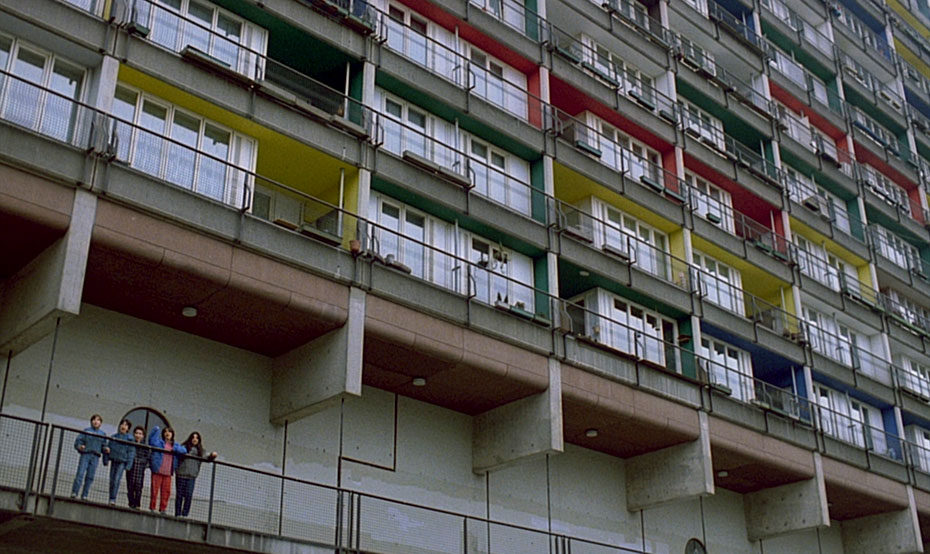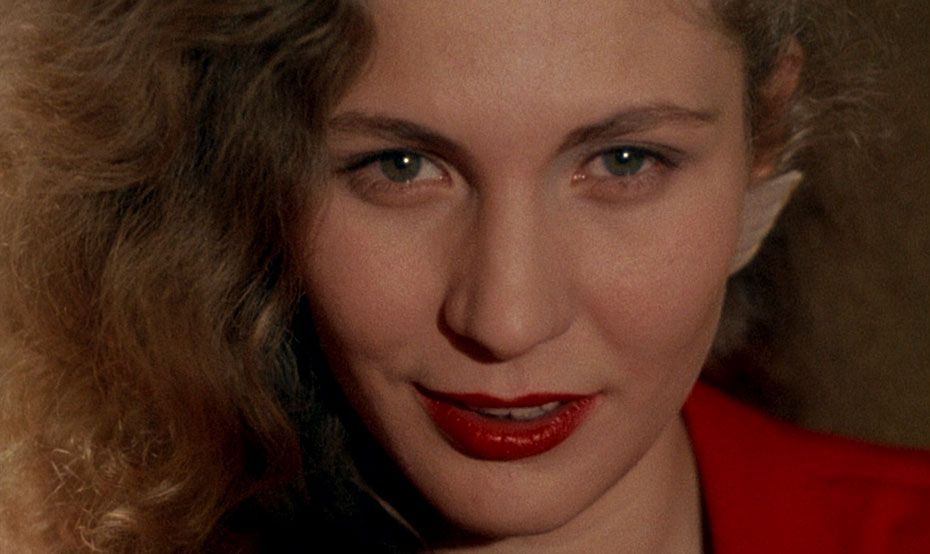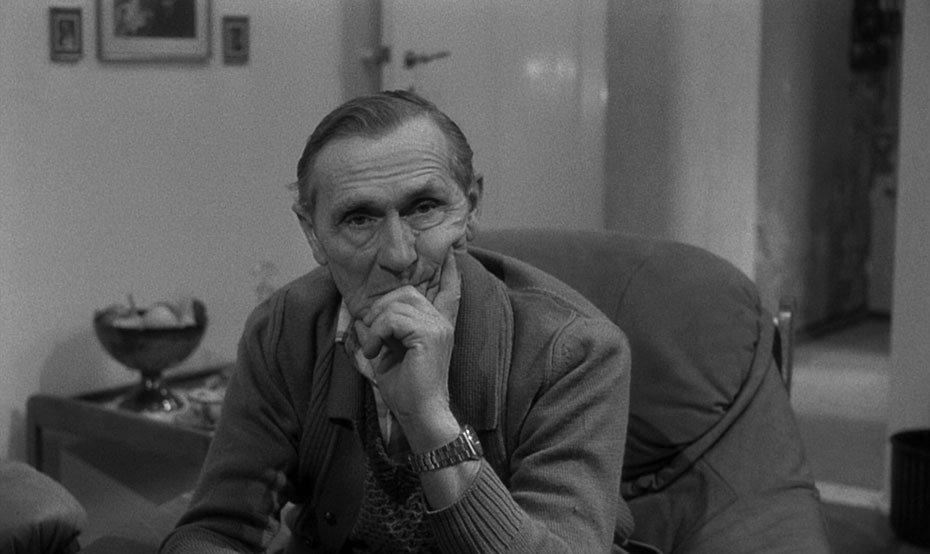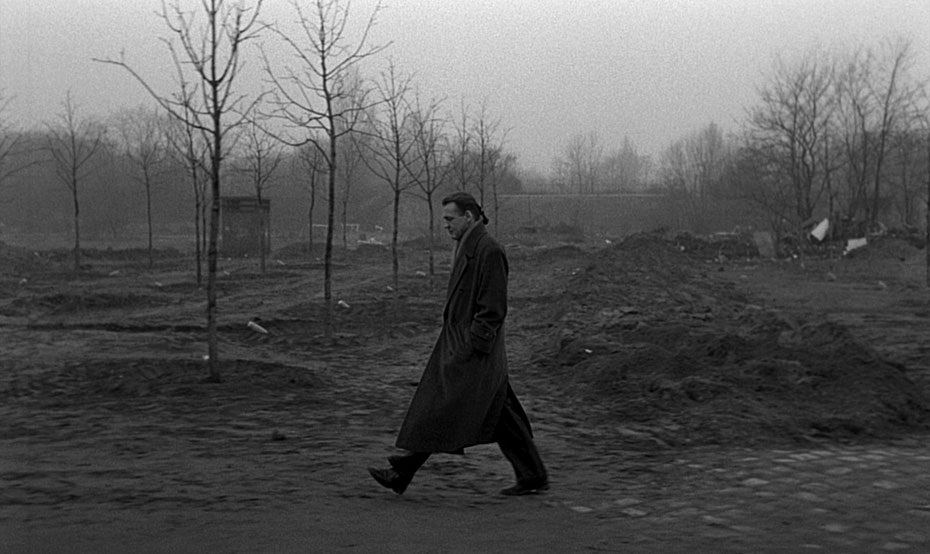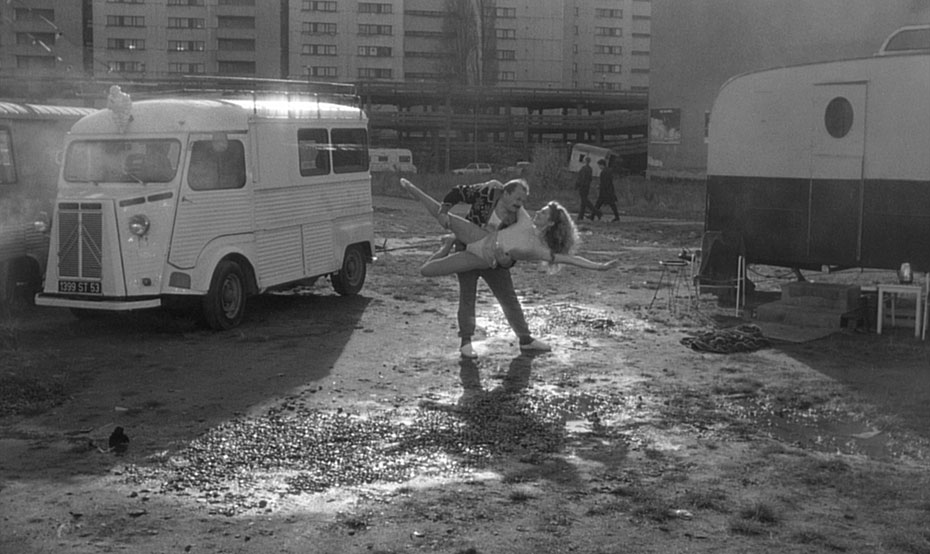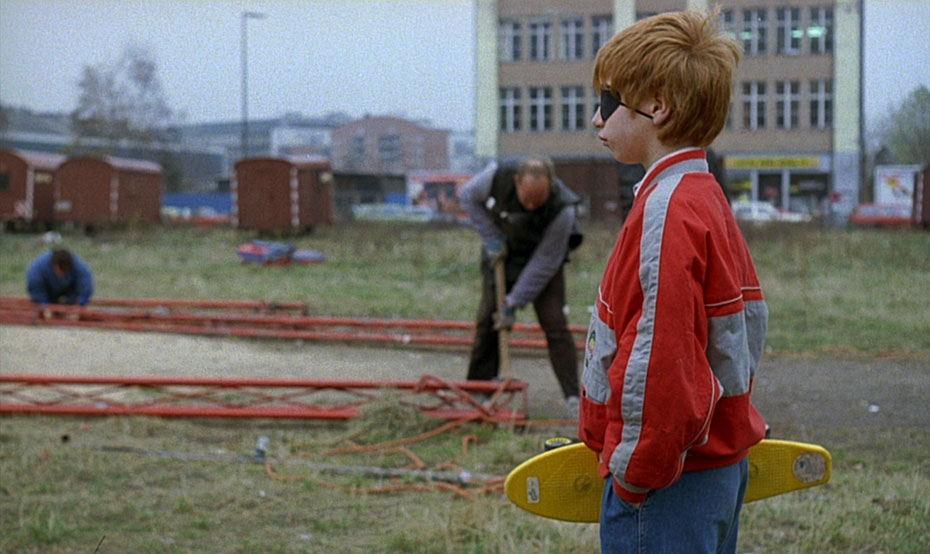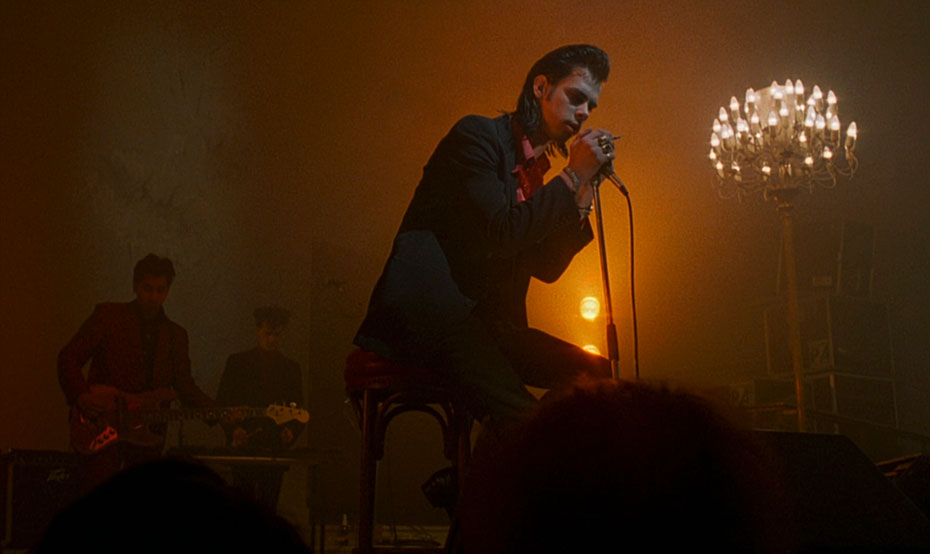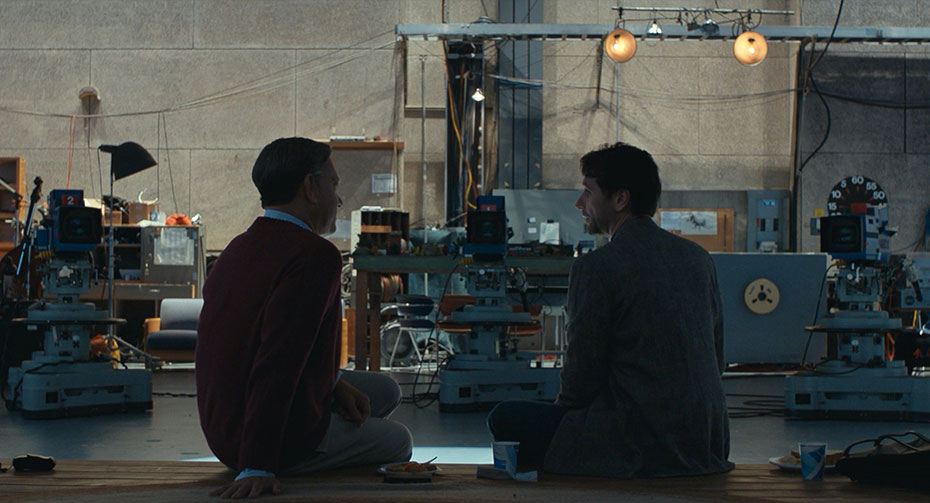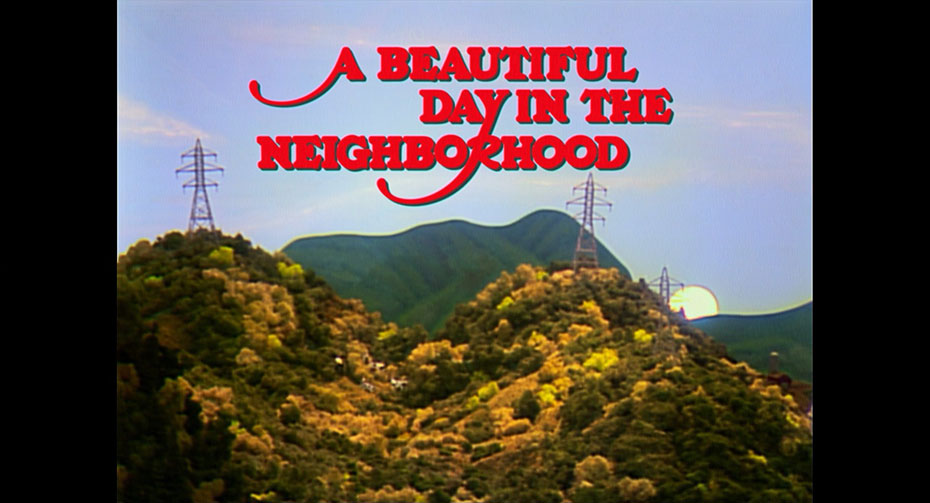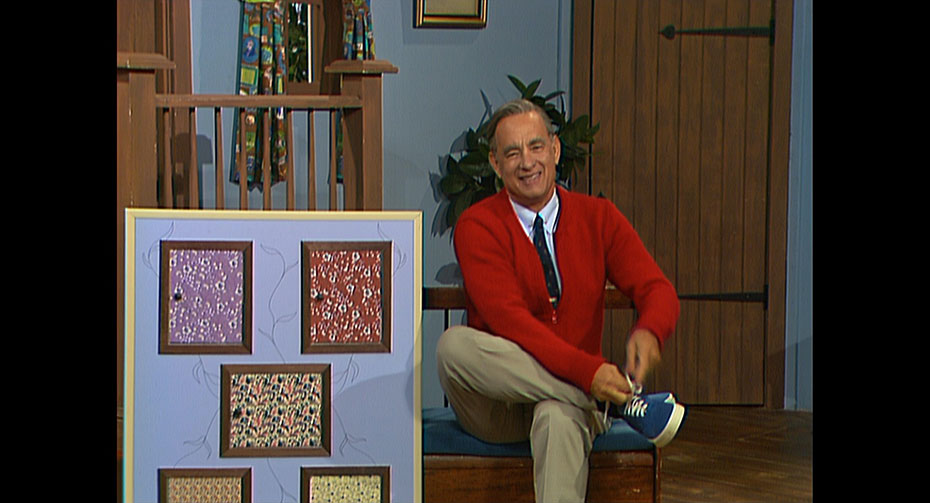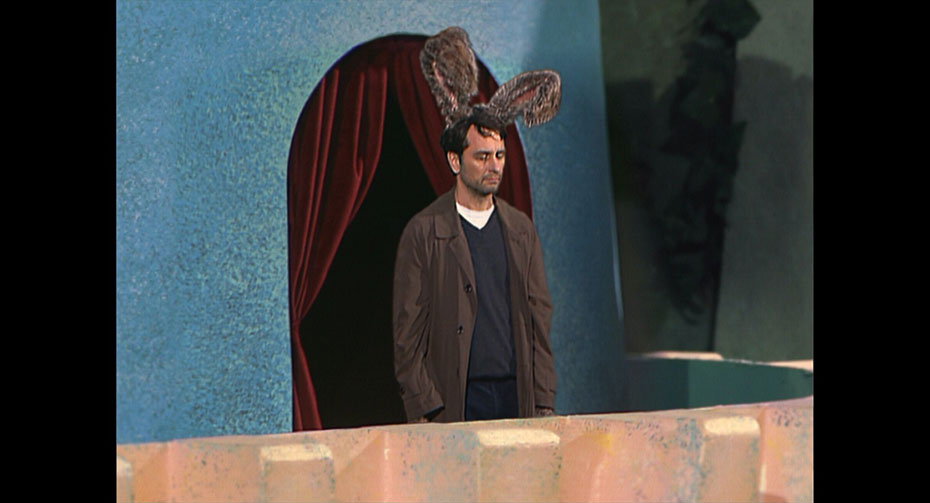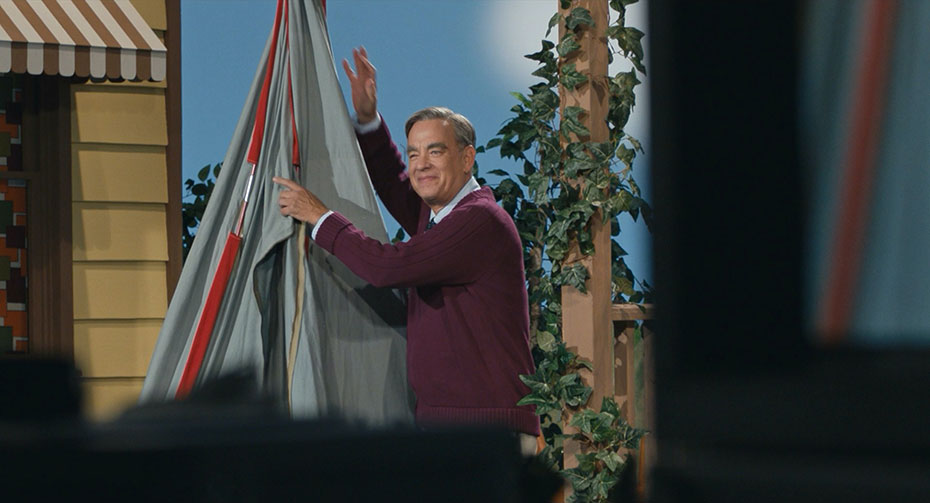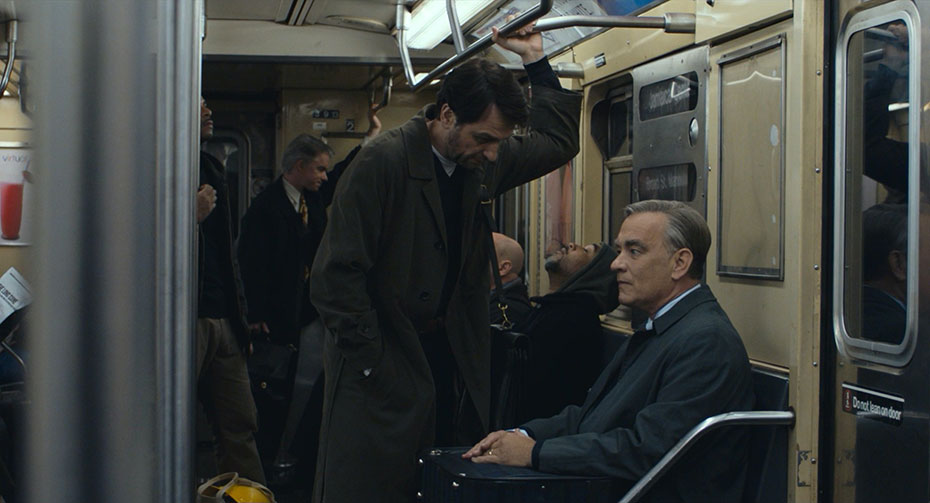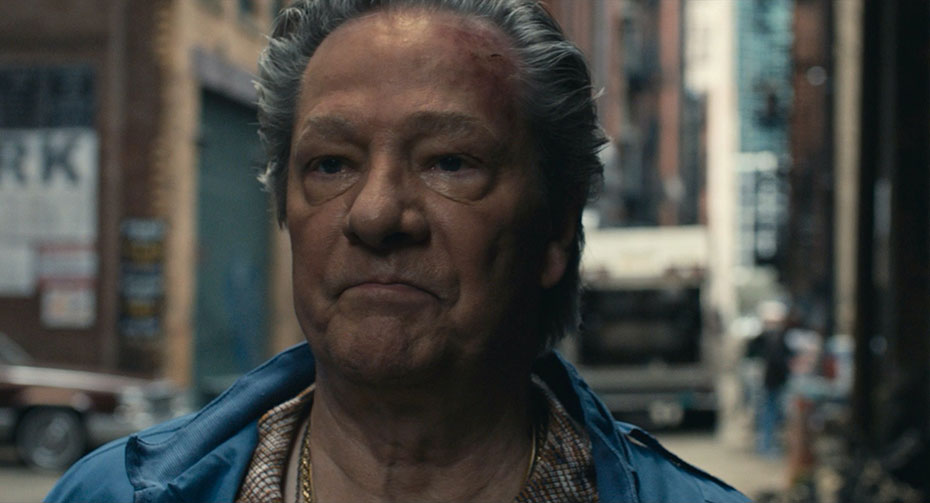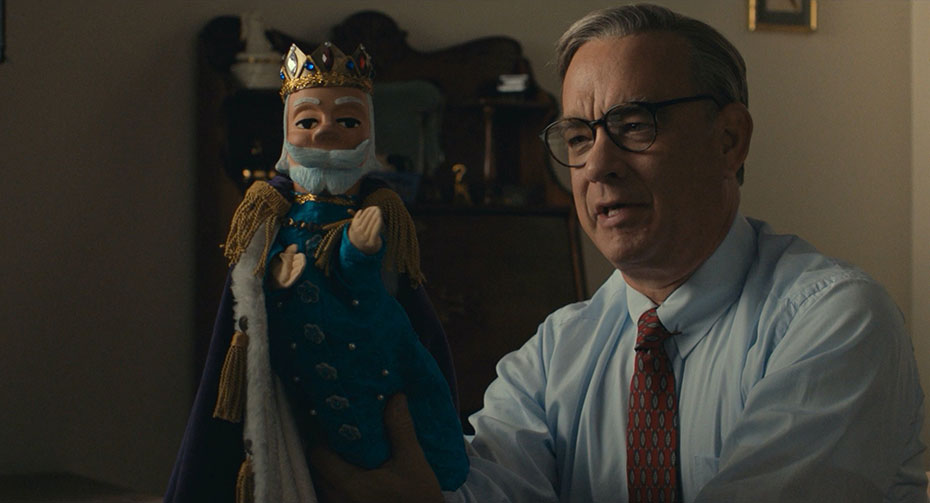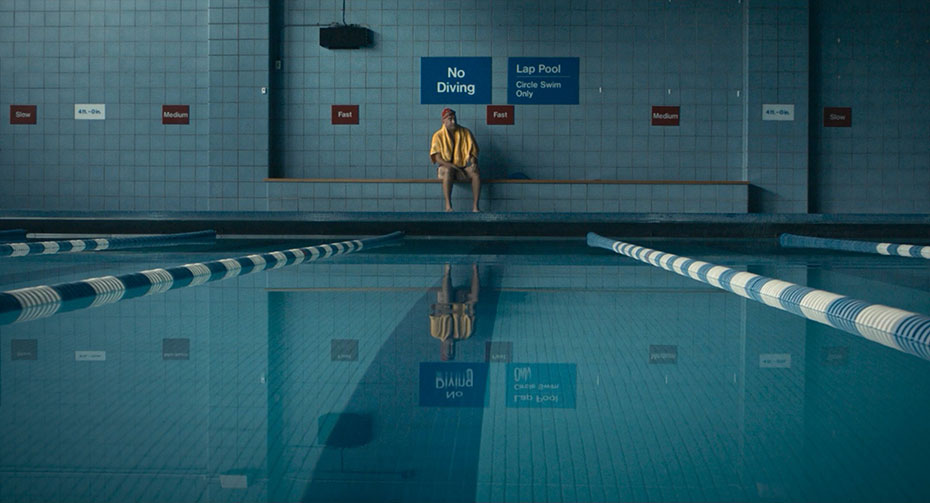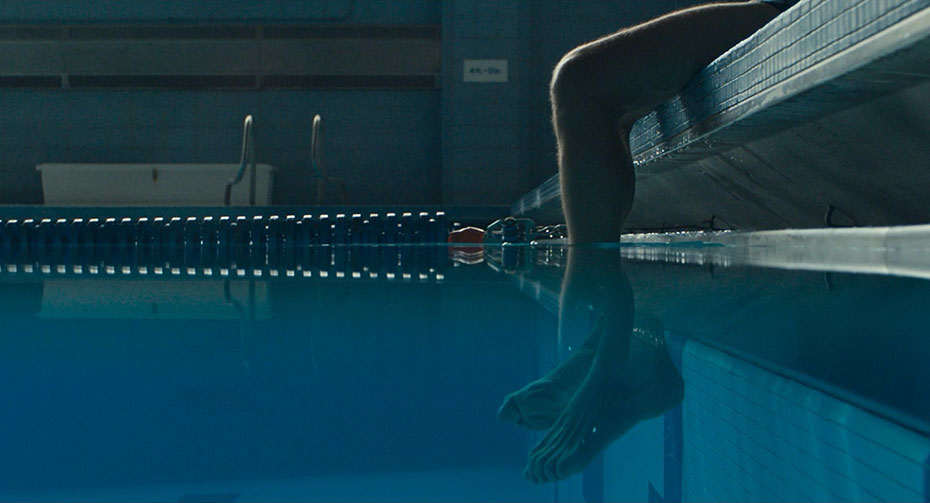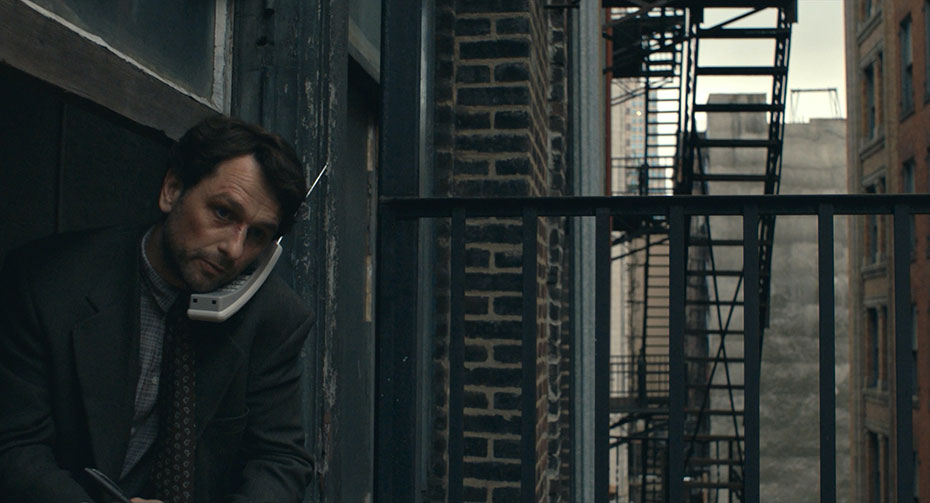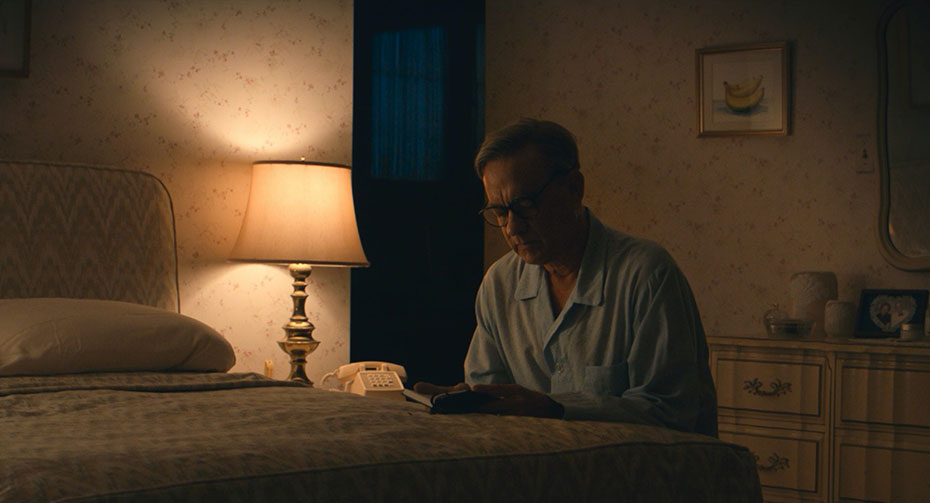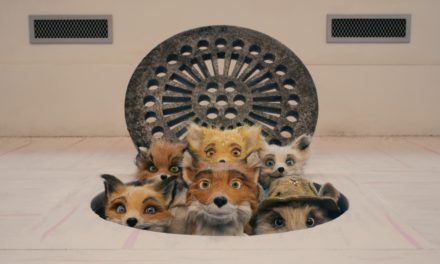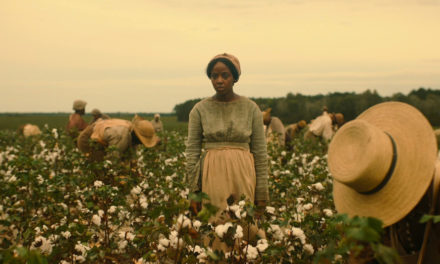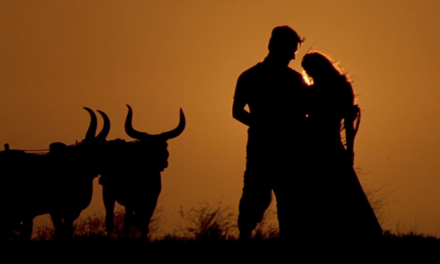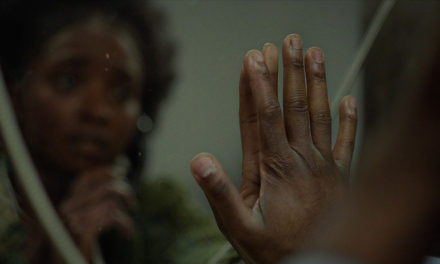THE TUESDAY DROP – 6/22
06.22.21 / New Shots
MY OWN PRIVATE IDAHO (1991)
MY OWN PRIVATE IDAHO is a 1991 independent adventure drama loosely based on Shakespeare’s Henry IV, written and directed by Gus Van Sant. The film stars River Phoenix and Keanu Reeves as two friends on a journey out of Portland, Oregon. My Own Private Idaho was Van Sant’s third feature, and has become a classic of contemporary queer cinema. The film was shot by John J. Campbell and Eric Edwards, and was praised for its avante-garde filmmaking that mixed scenes of documentary-style realism with campy musical set pieces, home-movie images and dream sequences shot in Super 8mm film. Anchored by an iconic performance by Phoenix, the film has become a touchstone for American arthouse cinema, and an example of how far a small budget feature can be pushed with the right cinematic vision.
EDWARD SCISSORHANDS (1990)
Tim Burton’s fourth feature film was the 1990 fantasy romance EDWARD SCISSORHANDS, starring Johnny Depp in the titular role. The film marked Burton’s first collaboration with Depp, as well as with his cinematographer Stefan Czapsky. Czapsky’s cinematography is notable for the contrast in the two worlds created in the film, and the way that the story undermines their appearance. With Edward living in a dark, gothic mansion often filmed in low angle shots, and the neighboring pastel suburbia filmed in high angle shots, the film both subverts our expectations and places us in the point of view of Edward as he struggles to fit in.
THE COLOR PURPLE (1985)
THE COLOR PURPLE is a 1985 coming-of-age period drama directed by Steven Spielberg, and was based on the Pulitzer Prize-winning 1982 novel of the same name. The Color Purple was Spielberg’s eighth feature, but marked a shift away from the summer blockbusters for which he was known. The film was nominated for eleven Academy Awards, including Best Picture, Best Actress for Whoopi Goldberg, and Best Cinematography for Allen Daviau. Daviau worked very closely with production designer Michael Riva to design the sets and control the lighting for the film, which Daviau specifically wanted to be softer and darker than he was accustomed to. By carefully controlling the environments they filmed in, as well as the time of day they filmed, Daviau was able to create a moody, textural visual language that made The Color Purple one of Spielberg’s most beautiful and poetic films.
THE GAME (1997)
David Fincher’s 1997 thriller THE GAME stars Michael Douglas as a successful banker who is roped into a strange, personalized, real-life game by his estranged brother (played by Sean Penn). The Game was photographed by American cinematographer Harris Savides, who wanted the film to pay homage to paranoid thrillers of the 1970s. To do so, he and production designer Jeffrey Beercroft meticulously crafted the film’s environment, whether on location in San Francisco and Mexico, or on sound stages in LA. One of their goals was to build lighting setups into the production design itself, creating top lights that fell off quickly into darkness. This gives the audience a feeling that the character is floating around in the dark, showing us just how little control he has over his future.
BLOW OUT (1981)
Based on Michelangelo Antonioni’s 1966 film Blow-up, BLOW OUT is a 1981 neo-noir mystery written and directed by Brian De Palma. The film stars John Travolta as a movie sound effects technician who accidentally captures audio evidence of an assassination involving a presidential hopeful. Though the film was not a hit at the time of its release, it has developed its status as a cult classic, and a neatly-packed, stylish American thriller. Blow Out was shot by Hungarian-American cinematographer Vilmos Zsignmond, who was known for his work on films such as Obsession, Close Encounters of the Third Kind and The Deer Hunter. Even though he was working with a core color palette of red, white and blue that recalled the American flag, Zsigmond still wanted the film to feel like black and white films of the silent era. To evoke this feeling, he flashed the film’s negative, giving it a desaturated quality that ultimately helped amplify the paranoia of the story, but that also helped him achieve exposure during Blow Out’s many night scenes.
ATL (2006)
Chris Robinson’s 2006 feature debut ATL is a coming of age comedy-drama that follows the lives of five teenagers as they prepare to leave high school in Atlanta. Robinson was a renowned director of music videos prior to ATL, and took on the project after he was approached by producers Dallas Austin and Tionne Watkins. ATL was shot by Karsten Gopinath, who worked extensively with production designer Robb Buono to create two distinct worlds in the film – the idealism of the skating rink, and the reality of the teens’ lives. When they arrived at the Cascade Family Skating Rink in Atlanta where they were filming, they decided they needed to redesign the rink. Robinson, Gopinath and Buono decided that the rink should be predominantly black and red, and rebuilt the entire space to both reflect this palette and build lighting rigs directly into the set. In the end, they created a vibrant, exciting environment that provided a strong contrast to the visual language of the rest of the film, crafting a heartfelt story that has become a cult hit.
HIGH AND LOW (1963)
HIGH AND LOW is a 1963 police procedural / noir directed by Akira Kurosawa, and starring Toshiro Mifune, Tatsuya Nakadai and Kyoko Kagawa. The film is loosely based on the 1959 novel King’s Ransom by Ed McBain, and follows a wealthy industrialist whose family becomes the target of a cold-blooded kidnapper. Shot by cinematographers Asakazu Nakai and Takao Saito, High and Low is a masterclass in widescreen cinematography, with meticulous tableaus, blocking and camera angles creating a story that contrasts the worlds of the rich and the poor. This is especially impressive considering that this contrast is predominantly understood vertically – the rich live up high, and the poor down low. Telling a story vertically does not immediately lend itself to a 2.35 aspect ratio. But by creating space between his characters in key moments and employing subtle camera moves to evolve the story, High and Low has become recognized for being far more than a police procedural – but a bold indictment of the capitalistic excess in post-War Japan.
WANDA (1971)
Barbara Loden wrote, directed and starred in her only feature film, WANDA, in 1970. Wanda follows a woman living in eastern Pennsylvania who inadvertently goes on the run with a bank robber. Loden made the film after being fired from a leading role in Frank Perry’s The Swimmer. Her then-husband Elia Kazan contributed to her firing by deeming her work unworthy, and recommended that she be replaced. In an attempt to regain control of her artistic practice, Loden decided to write, direct and star in her own film. The film was shot by Nicholas T. Proferes, and was filmed with an eye for creating a sense of intensely intimate verite cinema. Wanda won a prize at the Venice Film Festival and opened to some critical acclaim, but was largely ignored by audiences upon release. It has now become a beloved cult classic of feminist film.
WINGS OF DESIRE (1987)
Wim Wenders’s 1987 romantic fantasy WINGS OF DESIRE follows an angel perched high over Berlin, who tires of overseeing human activity and wishes to become human himself when he falls in love with a beautiful trapeze artist. Made just before the fall of the Berlin Wall, Wings of Desire has become a beloved work of film poetry, and was voted second only to Raging Bull in Premiere Magazine’s poll of favorite movies of the 80s. Wenders brought legendary French cinematographer Henri Alekan out of retirement to shoot Wings of Desire. Alekan was known for his chiaroscuro images in Jean Cocteau’s La Belle et a Bete, and worked with Wenders to create a sense that the audience was floating through the film, imagining how angels might look at humans. By shooting the angels’ point of view in monochrome and the humans’ point of view in color, Wenders and Alekan created a visual language that served both a narrative and thematic function, and gave the film a richness that still endures today.
A BEAUTIFUL DAY IN THE NEIGHBORHOOD is Marielle Heller’s third feature film, and is based on the true story of an investigative journalist on assignment to profile famous children’s television host Fred Rogers. The film debuted at the 2019 Toronto International Film Festival, and earned an Academy Award nomination in the Best Supporting Actor category for Tom Hanks. A Beautiful Day in the Neighborhood was shot by American cinematographer Jody Lee Lipes, who approached Heller after learning that her usual collaborator Brandon Trost was unavailable for the project. After discussions about the best way to treat the 1990s period in which the film was set, Lipes and Heller decided to shoot the majority of the film in a 1.85:1 aspect ratio, but to frame the Mr. Rogers’ Neighborhood sequences in 1.33:1 in order to recreate them as faithfully as possible. In addition to shooting the TV show sequences on a similar camera to the original show, Lipes and Heller decided to shoot the rest of the film on the Arri Alexa Mini in Super 16 mode in order to create an image that didn’t feel too contemporary.

